Colder weather doesn’t mean you can’t grow vegetables and in fact, autumn is an excellent time to sow vegetable seeds and herb seeds that love cooler conditions. From which winter vegetables to grow to what to plant in autumn, this guide will help you understand how to harvest in colder periods so you can enjoy fresh produce and ingredients for your home all year round.
Getting Your Autumn and Winter Vegetables to Grow
With the arrival of the colder months, amateur and professional gardeners have specific difficulties like cooler days, freezing nights, and reduced daylight that make growing vegetables harder. However, by understanding which winter vegetables to grow and which seeds love colder conditions, you can enjoy a bountiful winter for your garden.
Considerations when Planting Autumn and Winter Vegetables
Here are some of the critical considerations for getting your autumn and winter vegetables to grow happily:
Sunlight
Sunlight is essential for all vegetables, and fruiting and flowering vegetables are intensive and often require full sun to produce abundant healthy crops. The same applies if you want your winter vegetables to grow successfully, whereas leafy greens and root vegetables tolerate less sunlight and perform well in partially shaded areas.
It’s also worth remembering that the sun is lower in its path across the sky in winter and the day lengths are shorter. The result is more shade, especially if your garden has trees or high structures surrounding it. To get around this issue, position your winter garden in the sunniest section of your property, ensuring it isn’t exposed to high winds or heavy frost.
Frost
Frost has a critical impact on many plants, especially young ones that are fragile to temperature extremes. If you live in a climate with regular frosts, such as the southern states of Australia, ensure plants are established early to tolerate the temperature changes better. You can also utilise geo fabrics such as hessian to shield crops overnight or grow in hothouses or polytunnels if needed.
When selecting your crop, keep in mind that some winter vegetables can tolerate a bit of frost and it can even improve their taste. This is because frost can trigger certain plants to produce more sugars, which means deliciously sweet harvests. Have a go harvesting some of your hardy crops after a frost such as snow peas, parsnips, carrots, and brassicas such as broccoli and cauliflower.
Timing your Planting
It is important to recognise the full growing period of your plants, so consider the weather conditions from planting the seed to the expected harvest.
Some leafy vegetables like spinach can be ready for harvest in as little as six weeks, while some root winter vegetables such as parsnip can take 18 weeks to mature. Check your seed packet to find out this kind of information.
Some of the longer maturing varieties such as broccoli may even benefit from starting indoors if the weather is still too warm in the garden. This will ensure they mature whilst the weather is mild outside, reducing the chances of bolting to seed.
Pests and Diseases
If you live in a warmer climate like Australia, you will likely have some experience with pests, so keep an eye out for those hungry critters. On the flip side, there are fewer pests and diseases during cooler months, which gives you much-needed relief from constant pest control.
Ensure good air circulation through adequate spacing to minimise the growth of fungal diseases such as powdery mildew and leaf spot, and avoid watering the leaves of your plants. Try to water early in the morning, too, to allow excess water on the leaves to dry so that they are not left damp overnight as trapped moisture will harbour diseases.
Maintenance
Another advantage of growing vegetables in winter is that evaporation rates slow down, so plants won’t dry out as fast as in other months. You will still want to ensure a steady moisture supply for your winter vegetables to grow steadily and have the best flavour and texture. Mulch also plays a huge part in keeping your soil weed-free and warm in the cooler months.
Feed your plants with organic matter such as manure, fish emulsion, and blood & bone regularly for lush growth. You generally want to reapply slow-release feeds such as poultry pellets every 4-6 weeks or as directed for established plants.
You should add homemade compost around your crops to increase biological activity and improve the soil structure. A fortnightly dose of diluted seaweed solution or worm wee is also a great way to provide an additional kick to your plants without overfeeding them.
Once you have harvested your garden, plant a green manure crop to improve the soil structure and replenish nutrient levels before spring sowing. Dig them into the soil before they set seed to provide nitrogen and organic matter as they rot.
What are the Best Winter Vegetables to Grow in Australia?
In most regions, there are lots of vegetables to plant in autumn and early winter and it’s the perfect time to sow these vegetables and herbs:
- Broccoli
- Cabbage
- Carrot
- Cauliflower
- Endive
- Kohl Rabi
- Leek
- Lettuce
- Onions
- Parsley
- Parsnip
- Silverbeet
- Snow pea
- Spinach
- Swede
- Turnip
Winter is also the season to plant summer produce such as asparagus crowns, berry canes, shallot bulbs, strawberry crowns, and rhubarb bulbs. In frost free areas you can also start off your potato tubers. By planting these in winter you will be rewarded with your own delicious produce come summertime - raspberries anyone?
Vegetables to Plant in Autumn in Australia
Looking for winter vegetables to grow? While you might think of leafy garden vegetables as summertime produce, there are lots of fast-growing green vegetables to plant in Autumn.
Some of our favourites include:
- Beetroot
- Broad beans
- Spinach
- Radish
- Peas
- Kale
- Chinese cabbage
- Cress
- Asian greens: pak choi, bok choy
- Rocket
When Should I Plant Autumn and Winter Vegetables?
Getting your plants underway before the cold weather can increase their robustness to temperature extremes, but beware of warmer season pests such as caterpillars and snails. You can get your planting underway once the autumn weather turns crisp but not chilly, generally between March and April.
Should I Plant Seeds or Seedlings?
Seedlings may look like a time-saving option for your vegetable garden but once transplanted, they can suffer from transplant shock causing them to put all their energy into root repair rather than growing and fruiting.
Vegetable seeds, on the other hand, are usually quicker in the long run and a great, affordable option. They also often result in faster, more productive crops, as they are better acclimatised to their growing position. With fast-growing winter vegetable seeds, you’ll see the fruits of your labour in as little as six weeks.
Common Mistakes to Avoid When Planting Autumn and Winter Vegetables
Sowing at the wrong time of year
Many people start thinking about growing vegetables when they see them in the shops, but this may not be the best time, depending on the variety.
Many seed varieties require specific conditions to grow successfully, so whilst they may germinate and grow out of season, you may be disappointed when it comes to harvest time as they can 'go to seed' or die due to the weather conditions they are facing. Refer to the back of your seed pack for details on when to sow each seed variety, paying special attention to their growing and harvest time.
For example, broccoli seeds will mature best when the temperature is still cool and if you grow it too late in the season it will start bolting in the spring, the heat may cause it to 'go to seed' (a fancy name for flowering). This will ruin your crop as the broccoli head is actually the flower.
As a result, broccoli is best started indoors in February so it can be planted in the garden when the weather changes and ready to mature during the cooler months.
Growing too much and growing too close
Common practice is to sow a few extra seeds just in case some don't germinate, however, if you end up with a high germination rate, you should thin your seedlings to ensure each plant has sufficient room to grow to maturity without being overcrowded. Any seedlings removed can be transplanted or potted up and given away.
It’s also common for people to sow all their seeds in one go, which can result in too much produce all at once. So, consider succession planting every two weeks or so to allow for a longer growing season with your vegetables maturing at different times.
Growing in a low-light area
Winter means fewer daylight hours and a lower sun position, which might mean your garden is too light-deprived for plants to grow. So, find the brightest part of your garden to give your plants the best chance to grow and mature.









































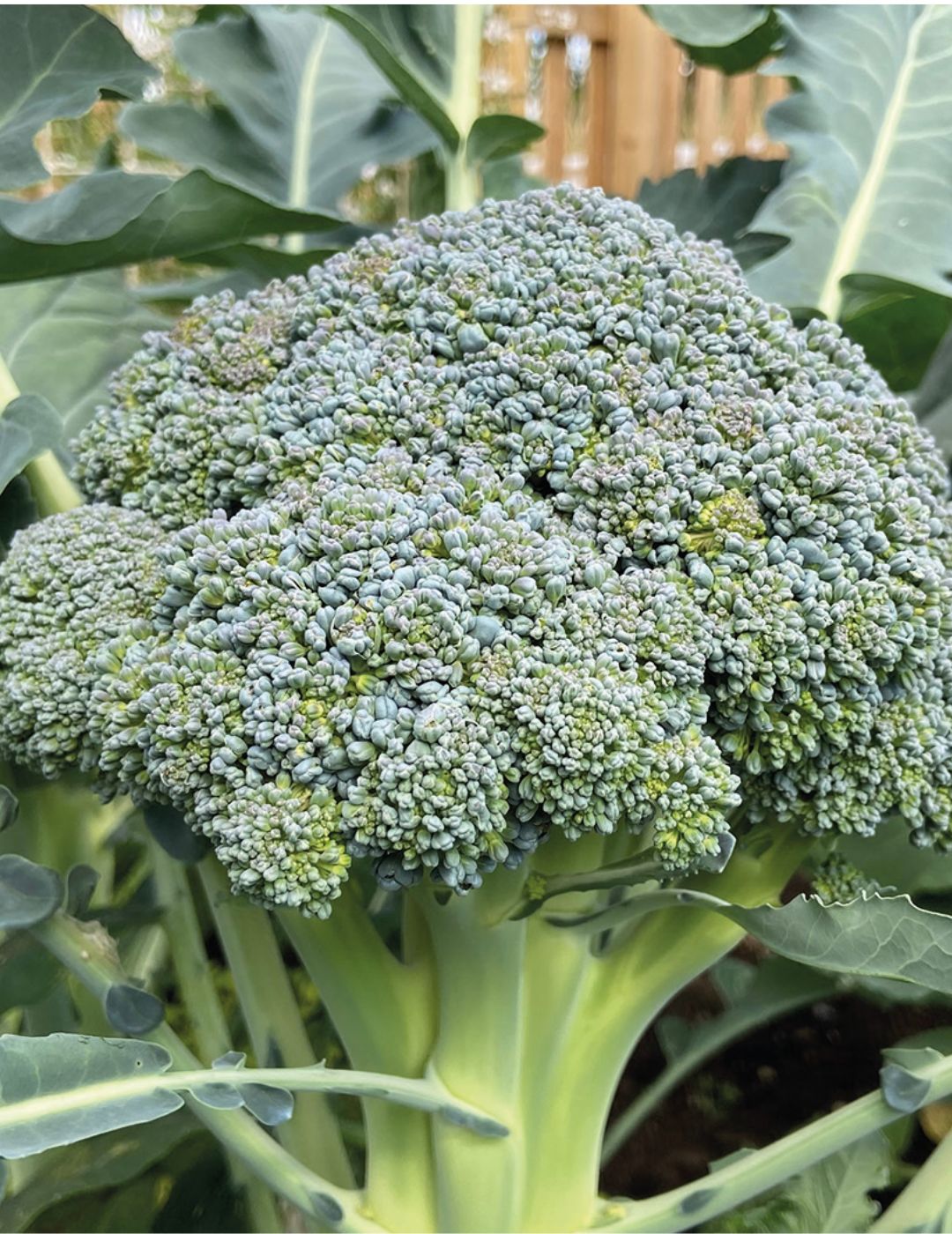
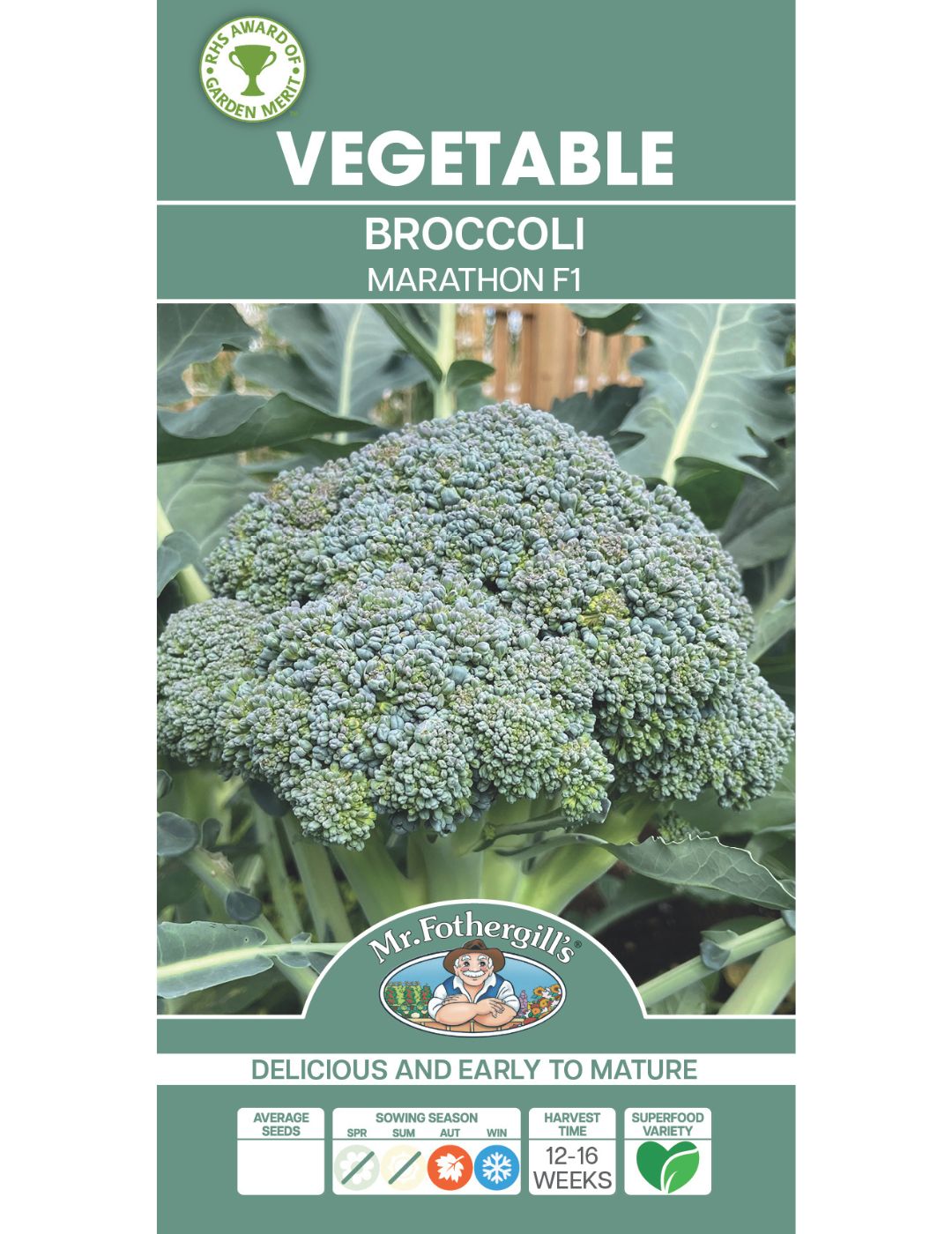
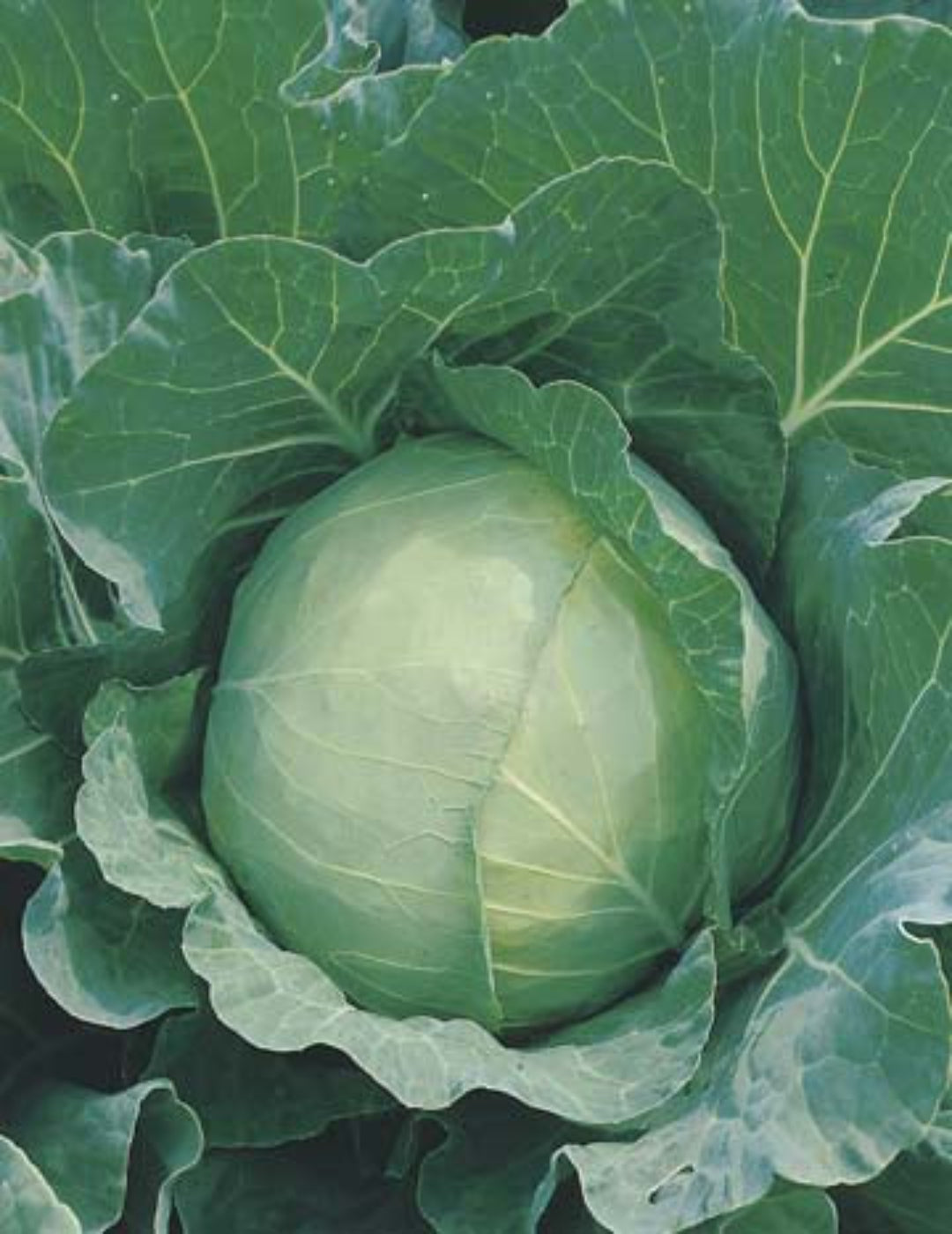
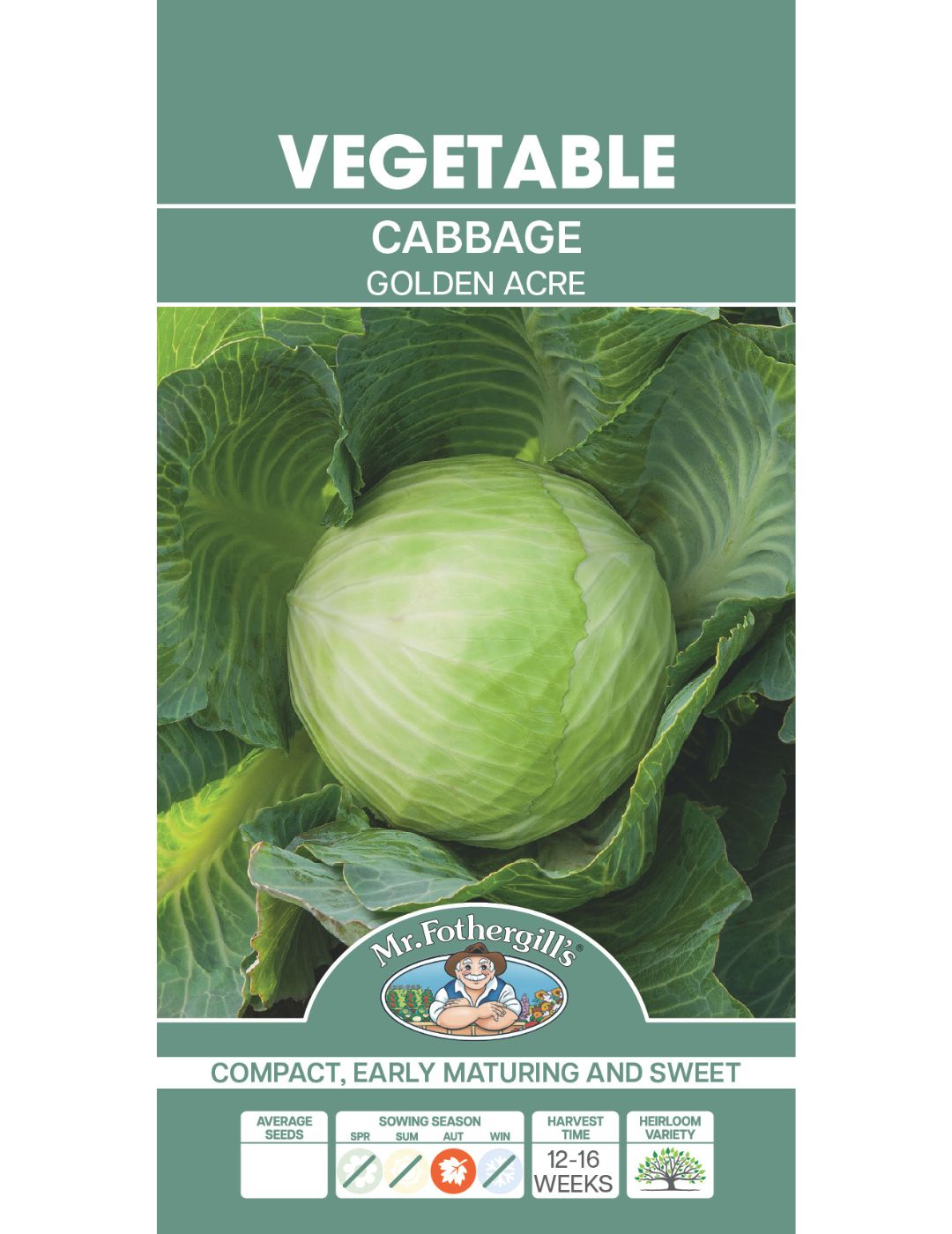
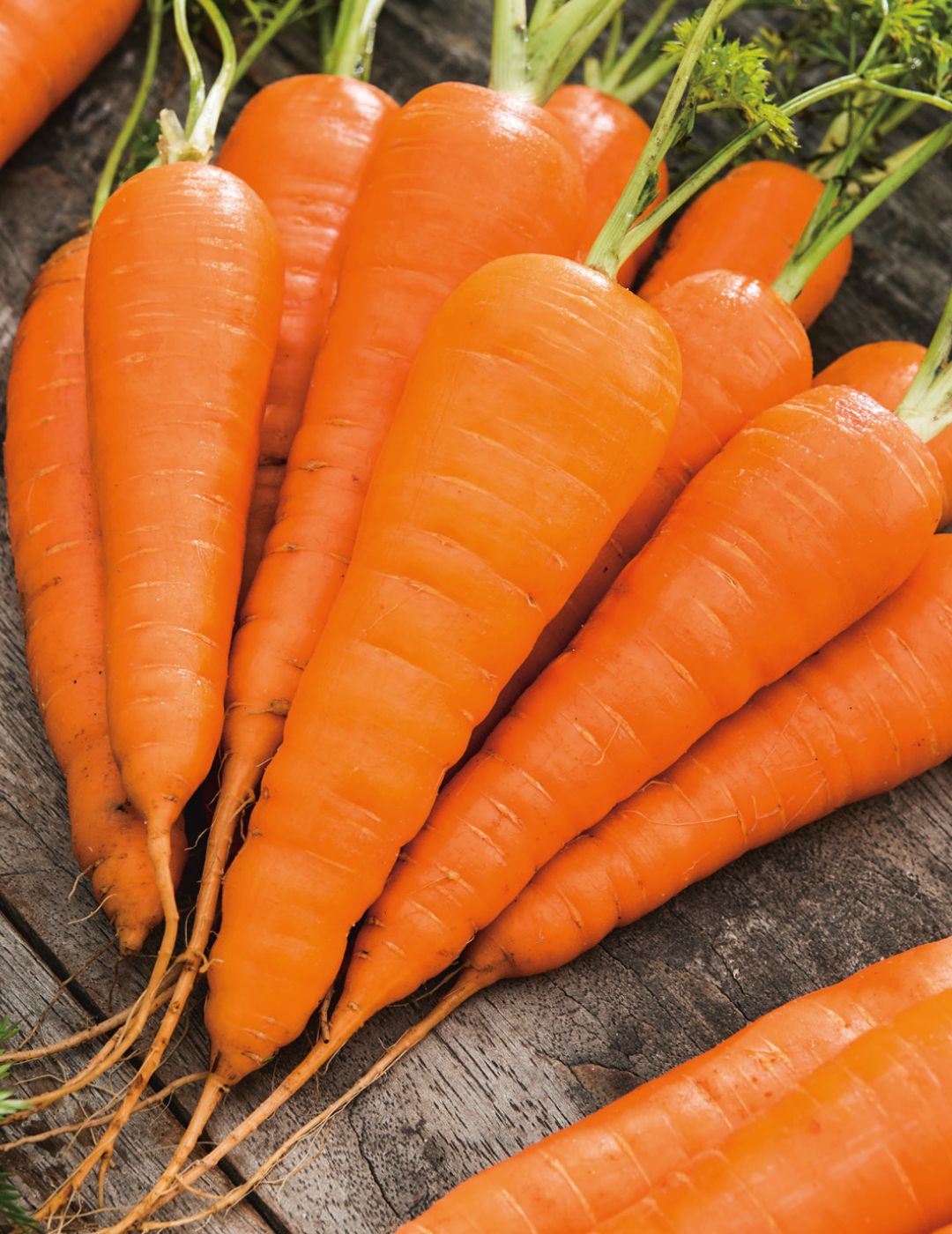
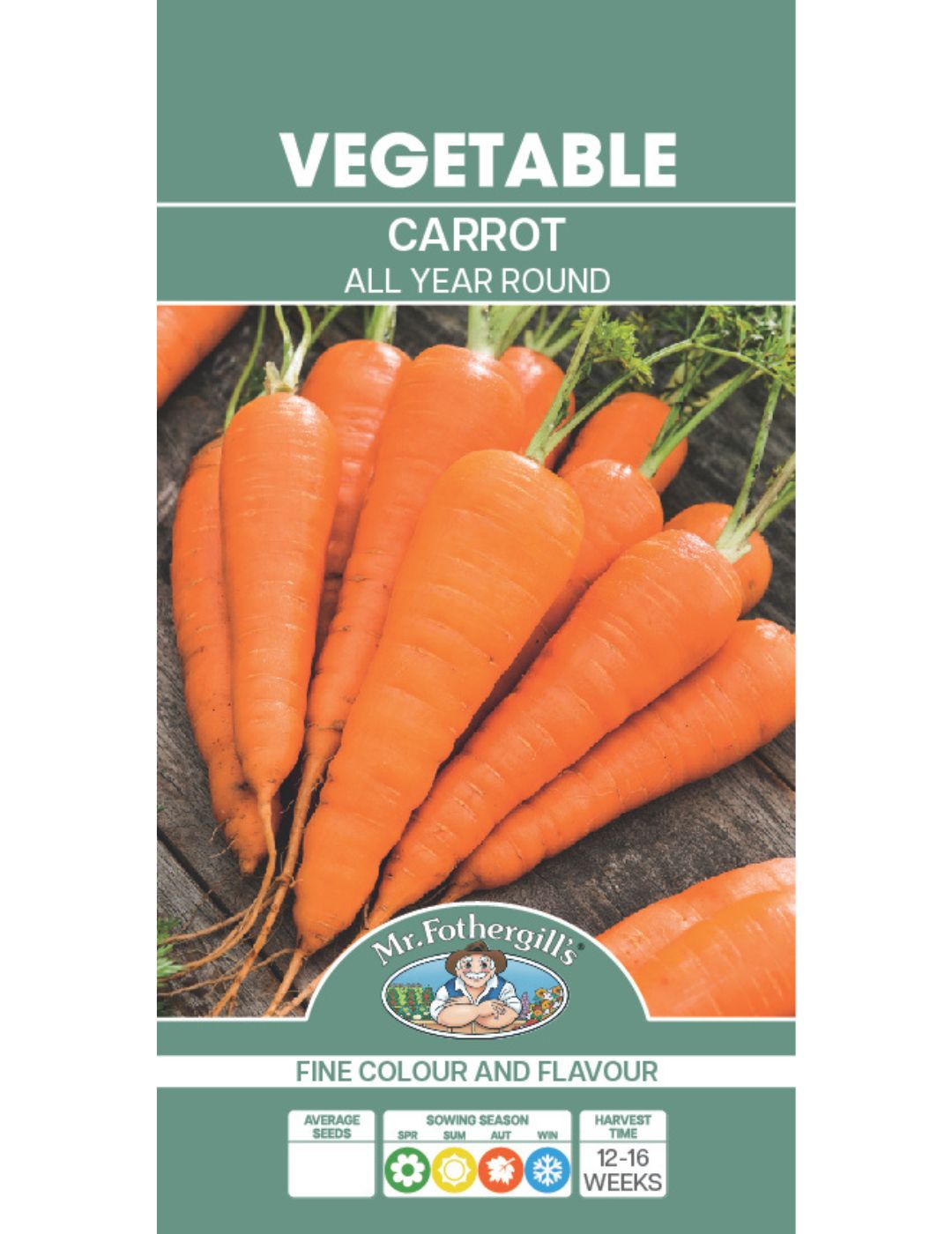
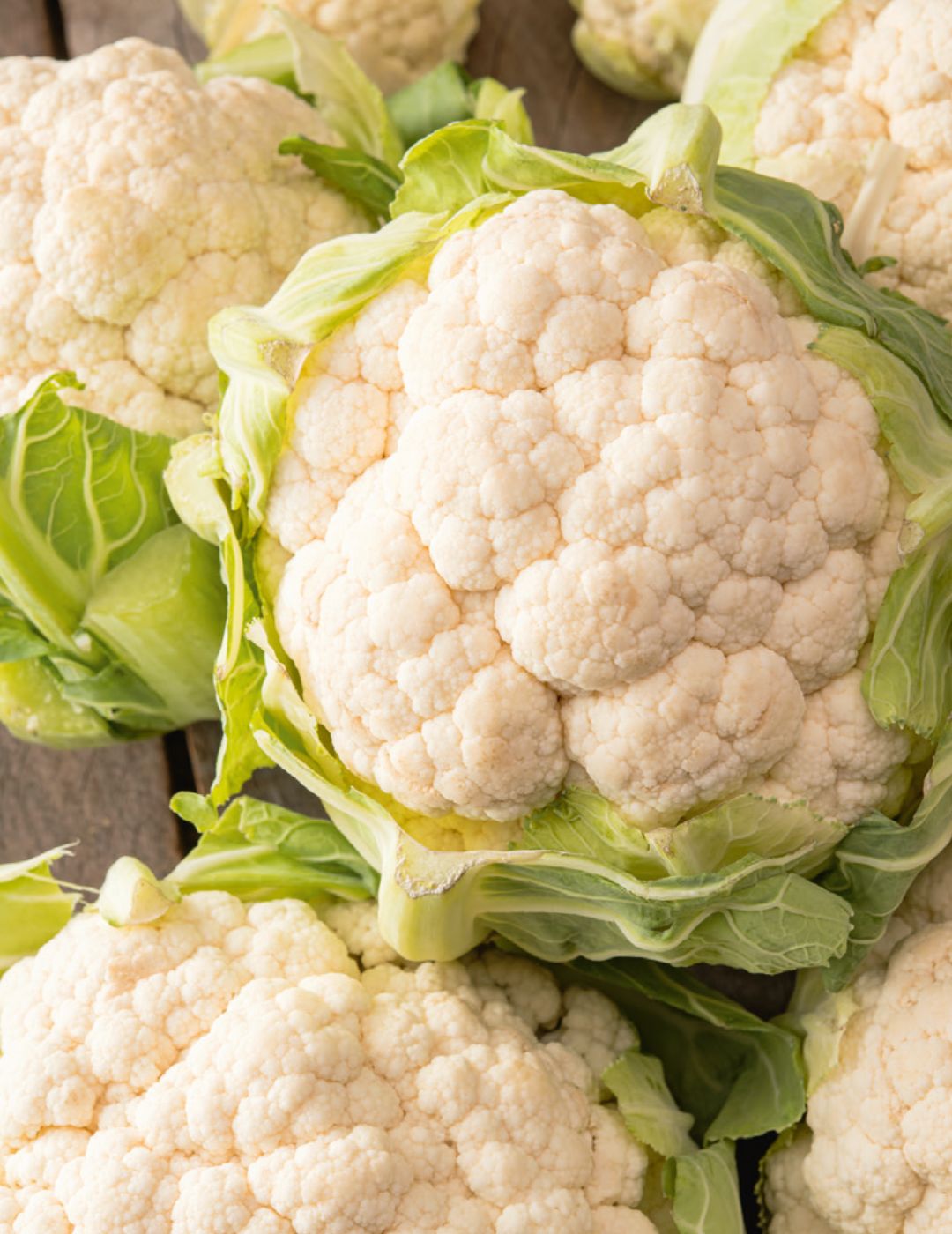
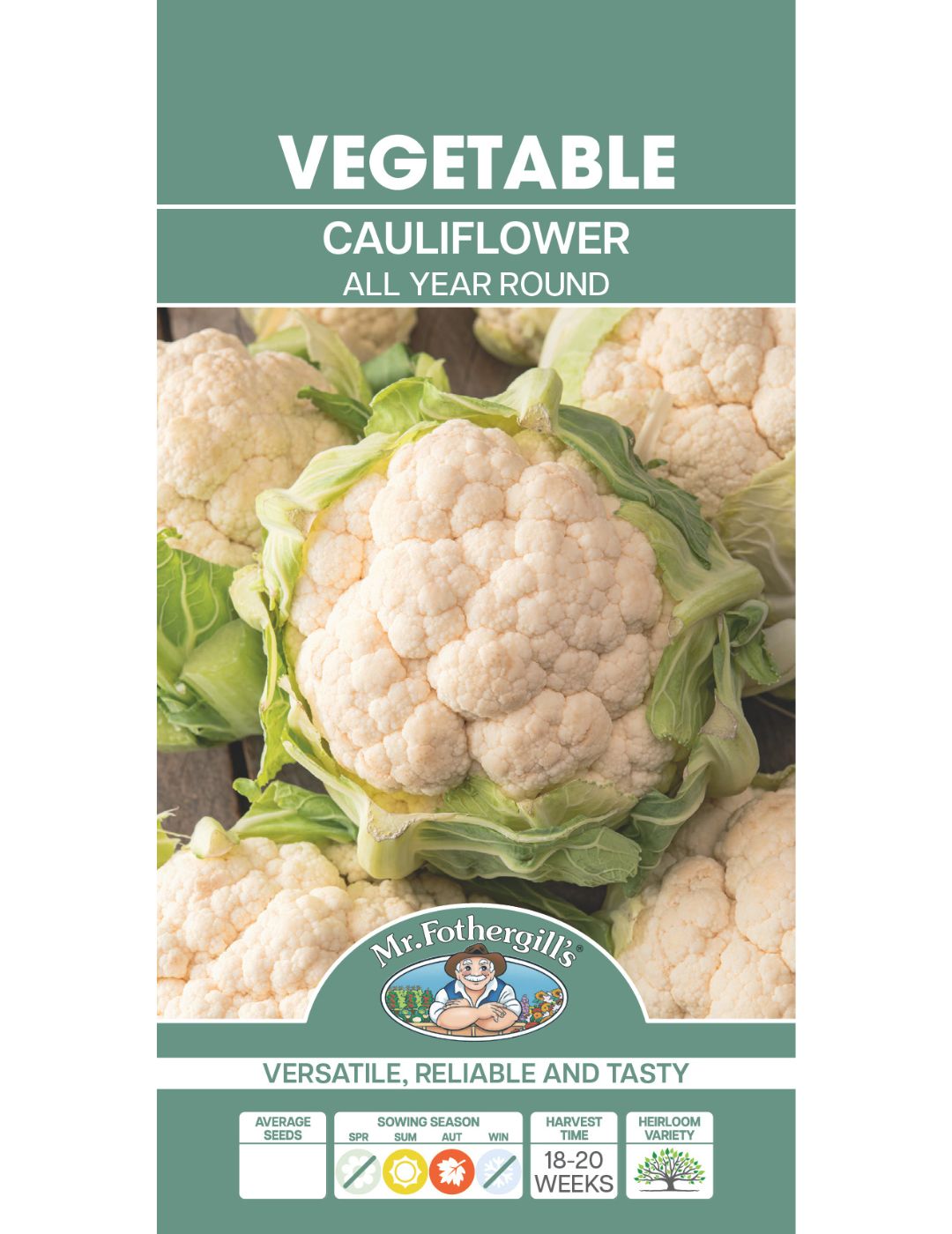
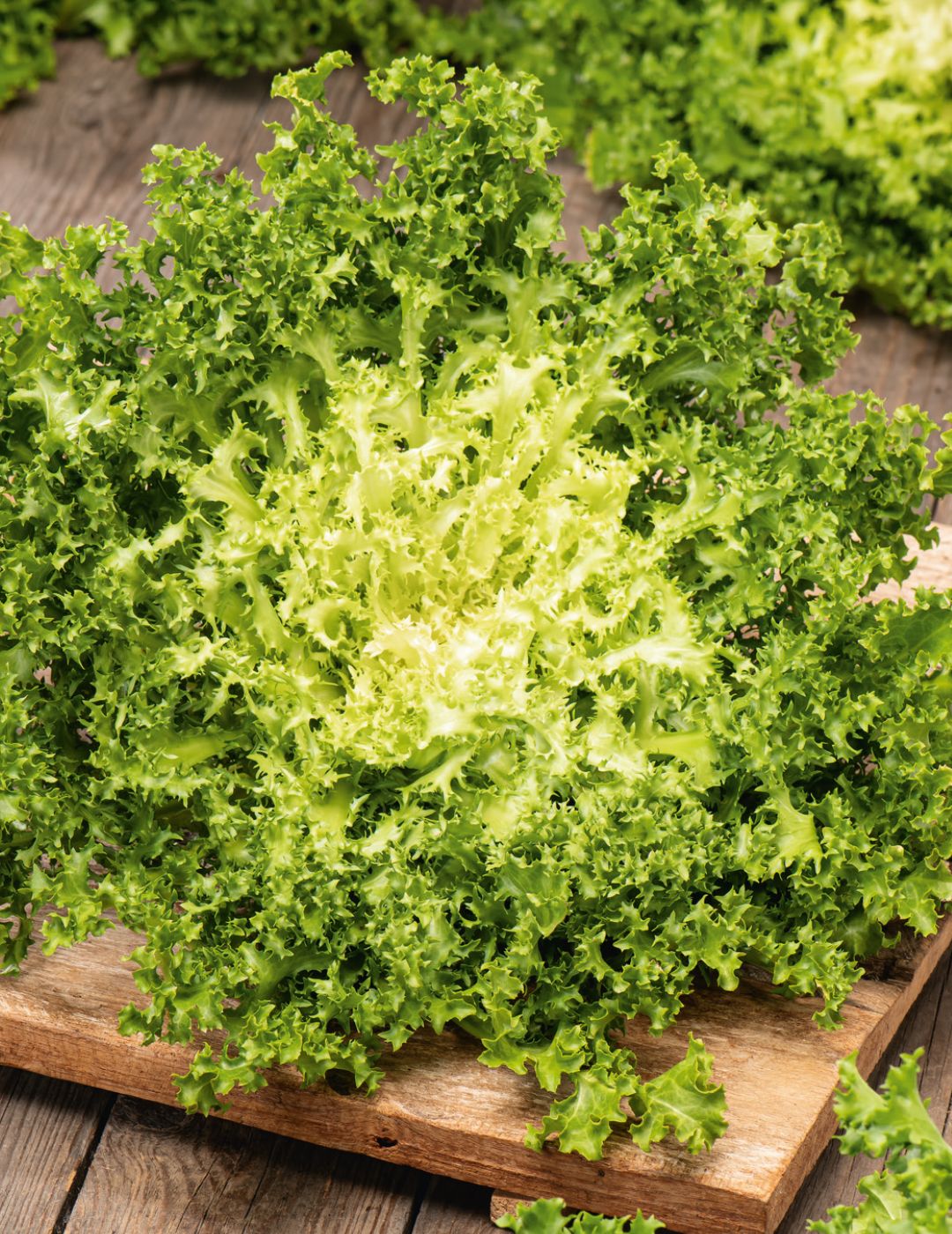
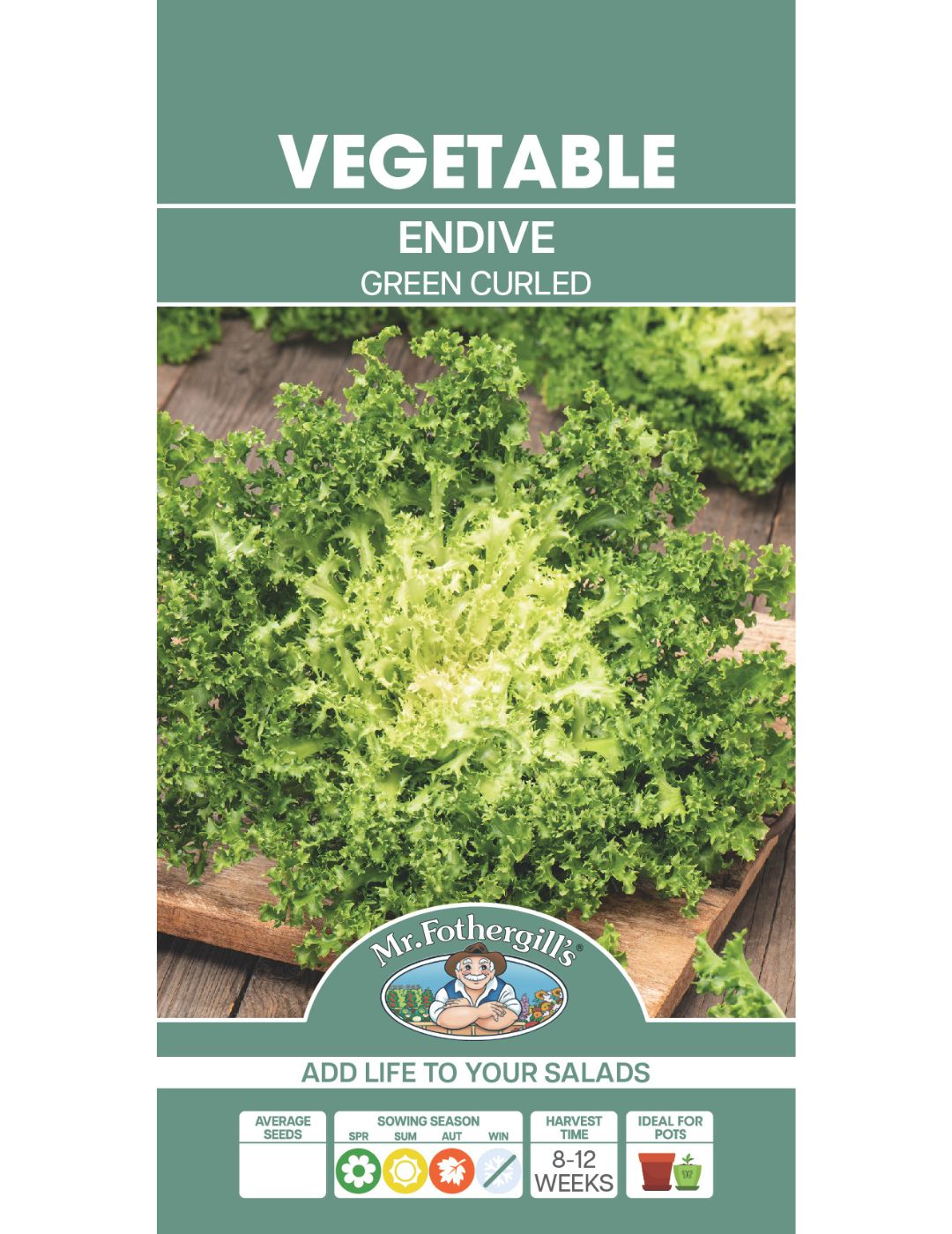
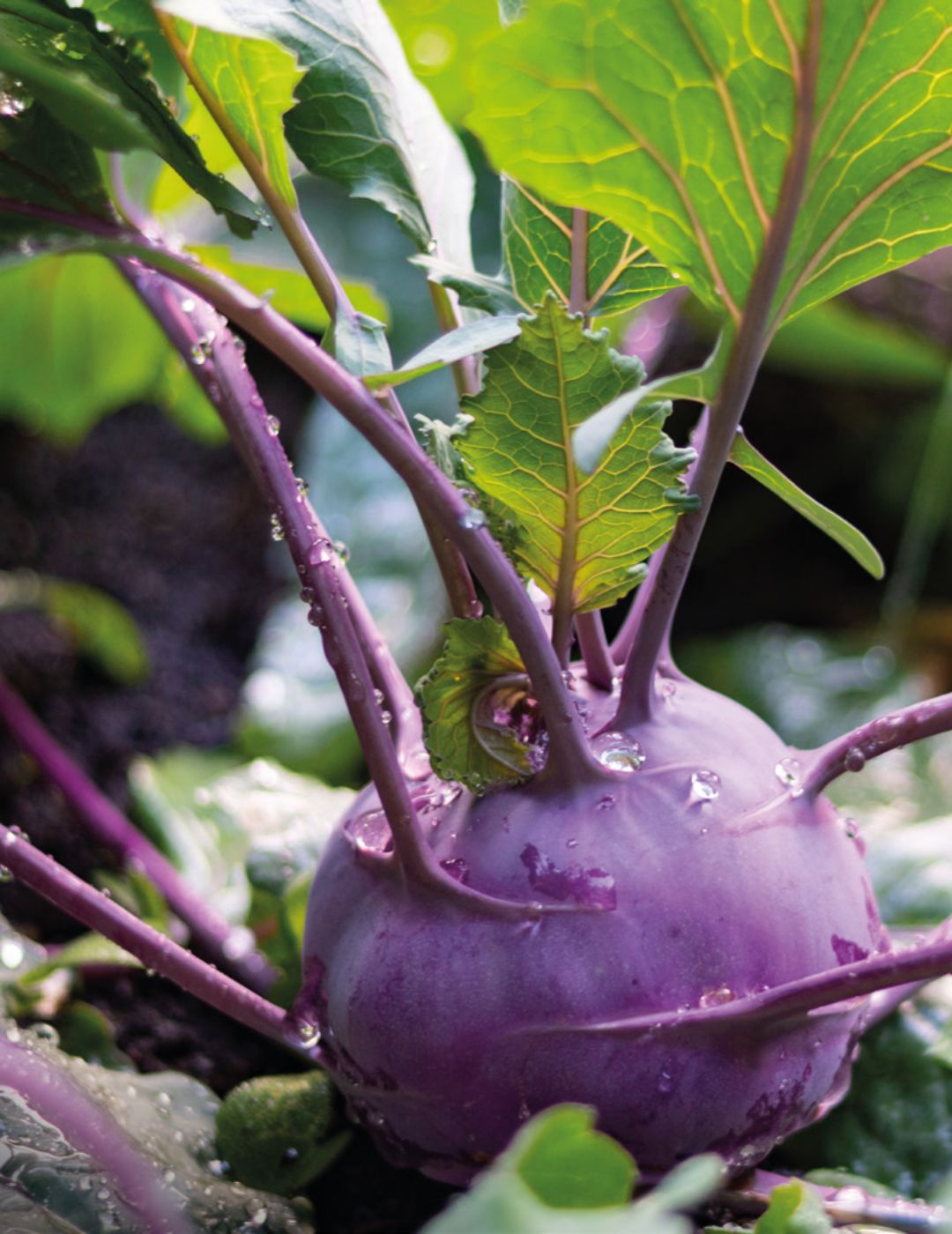
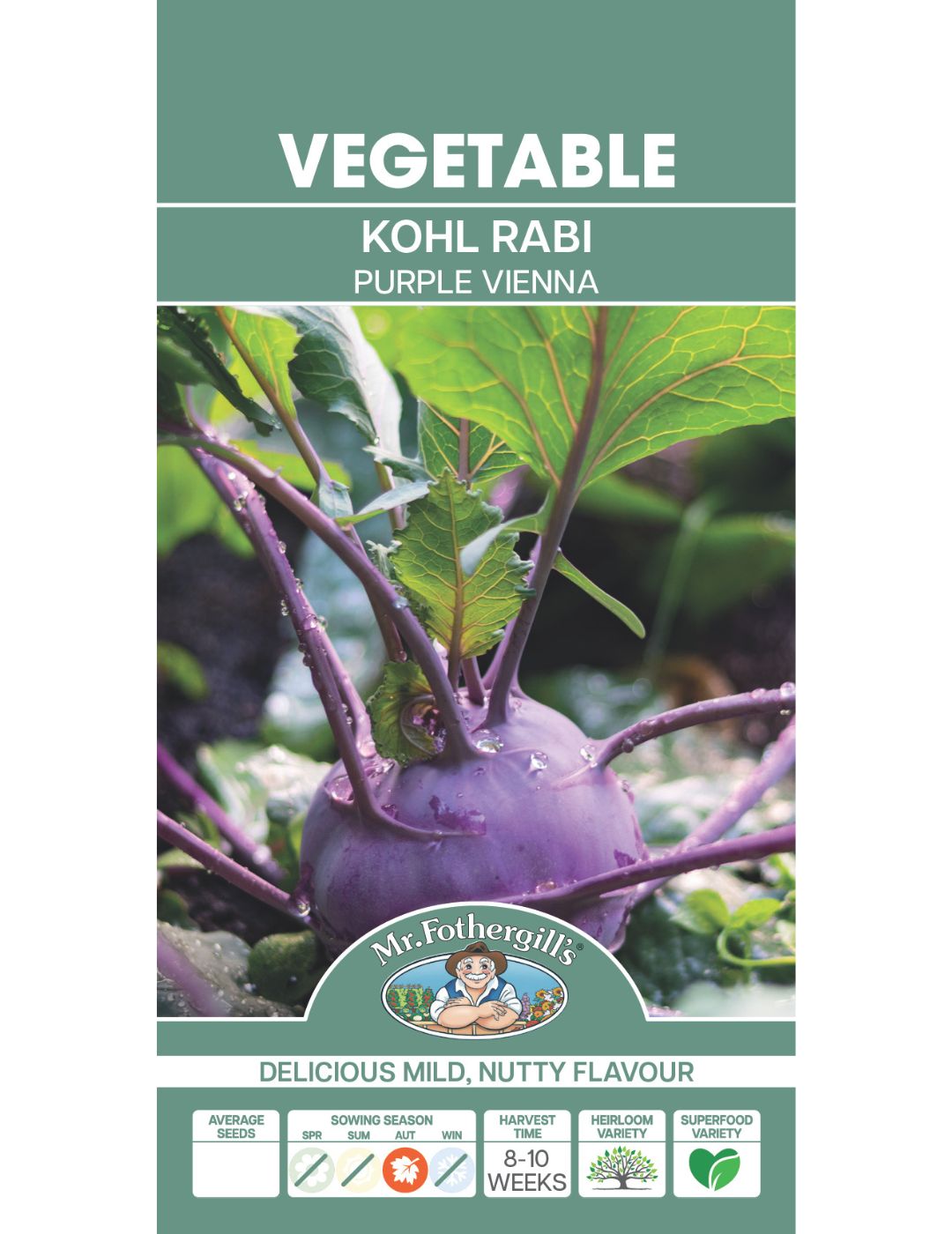
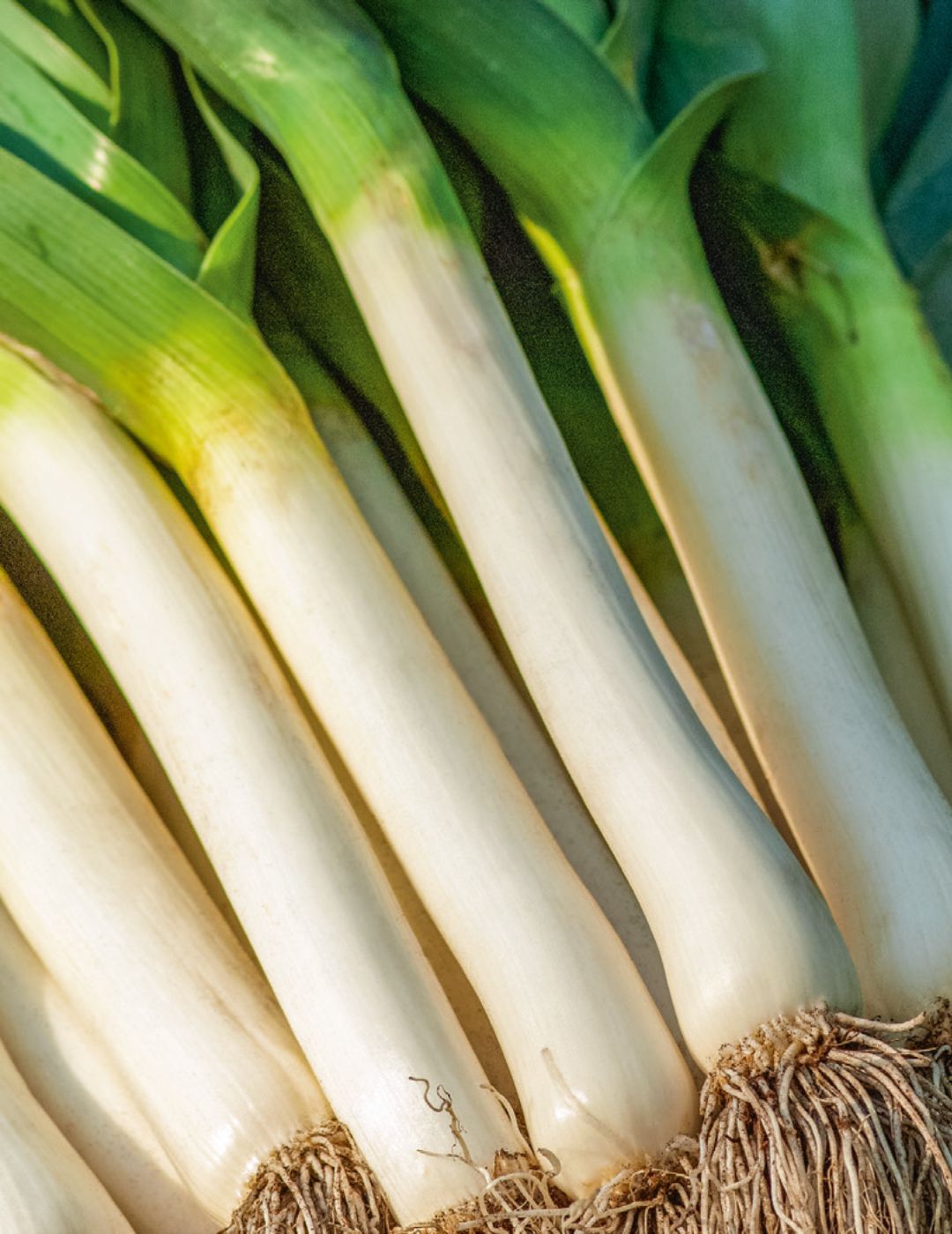
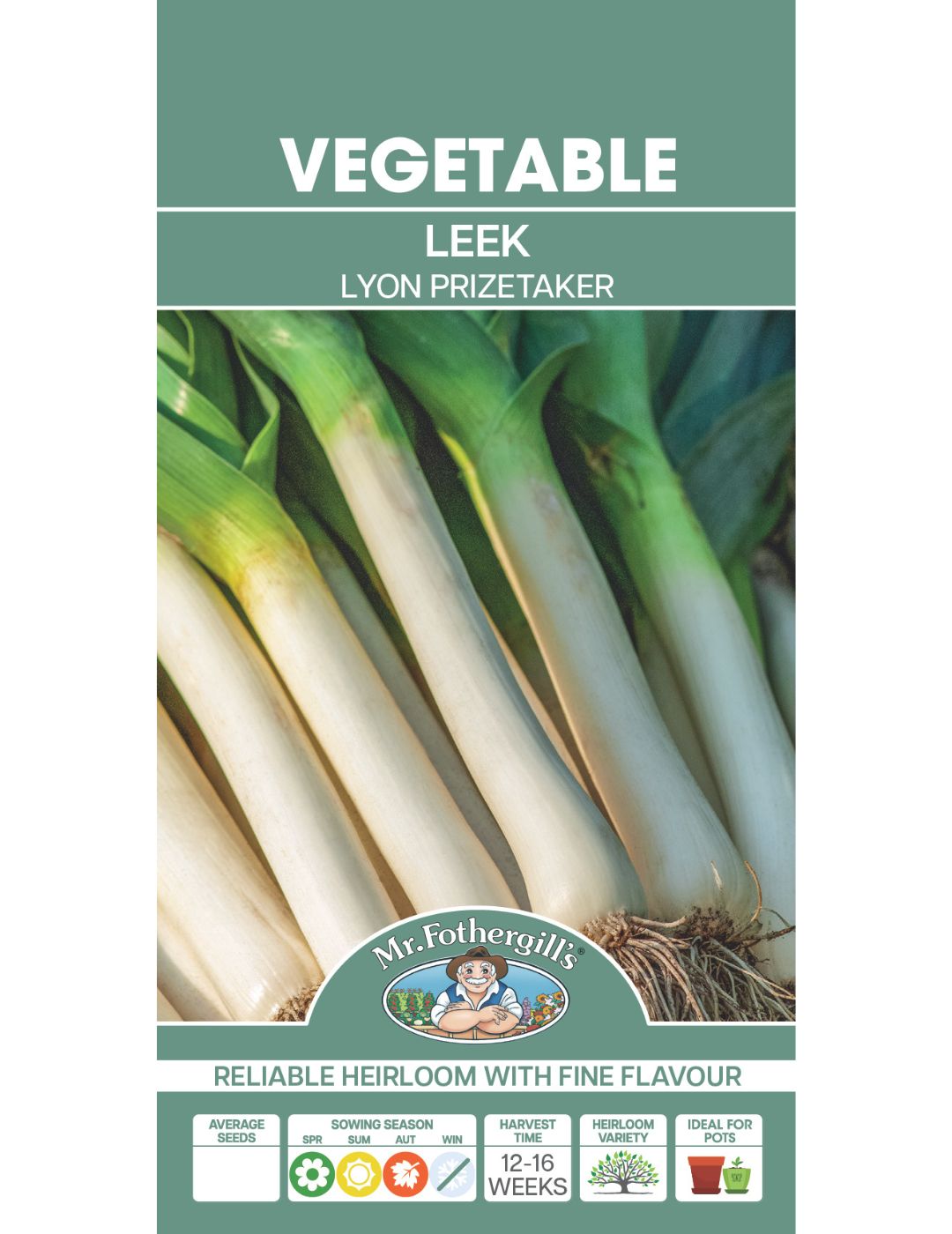
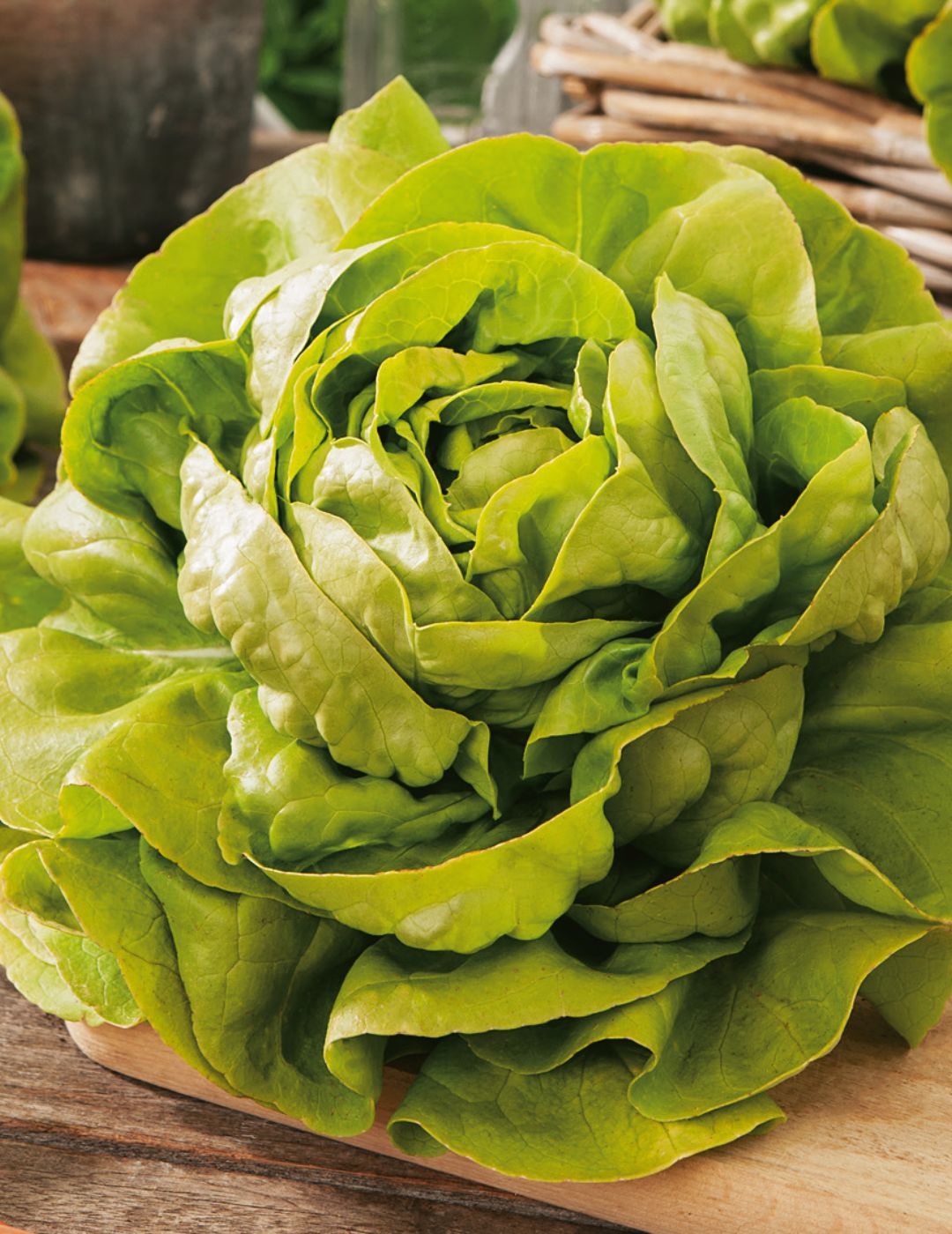
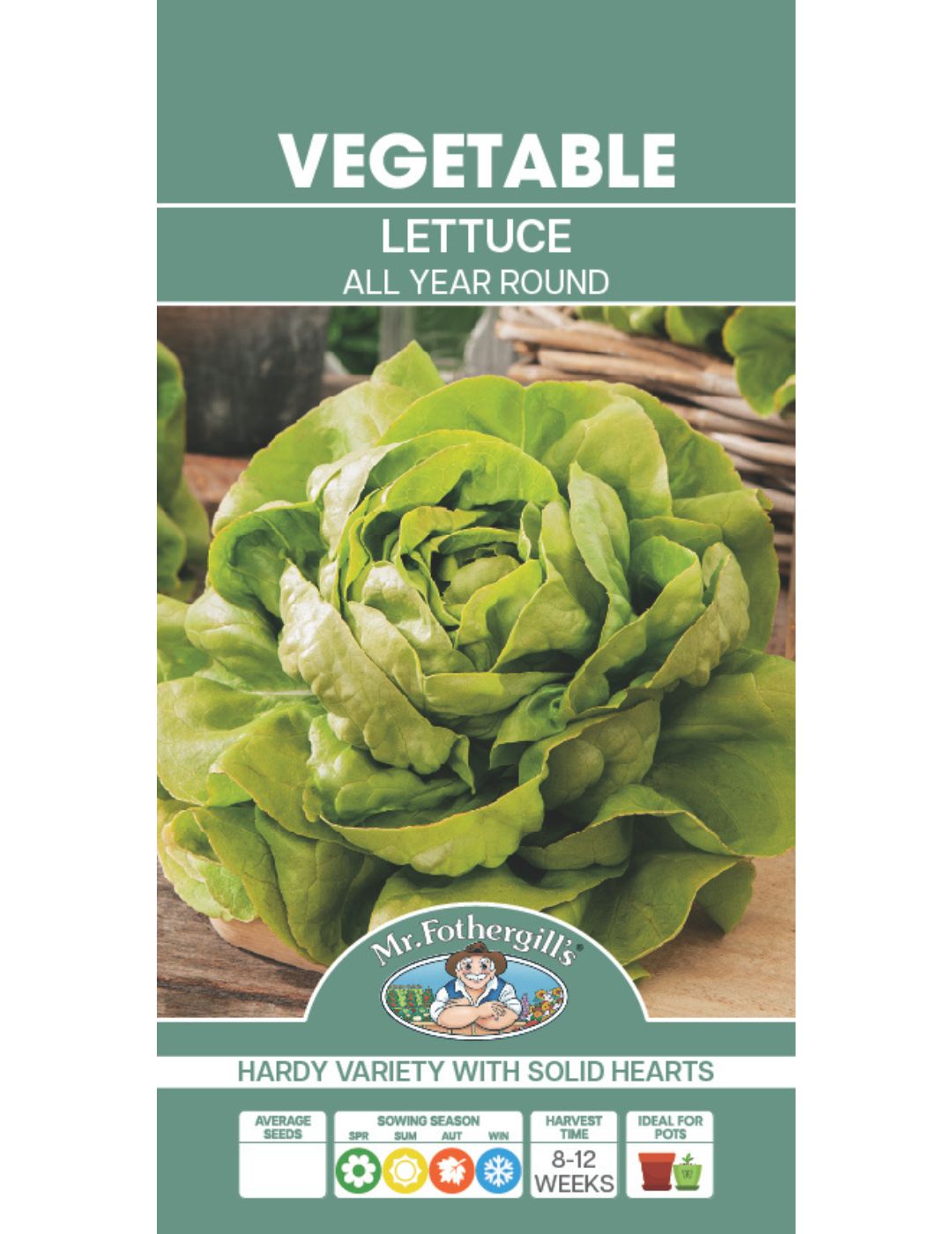
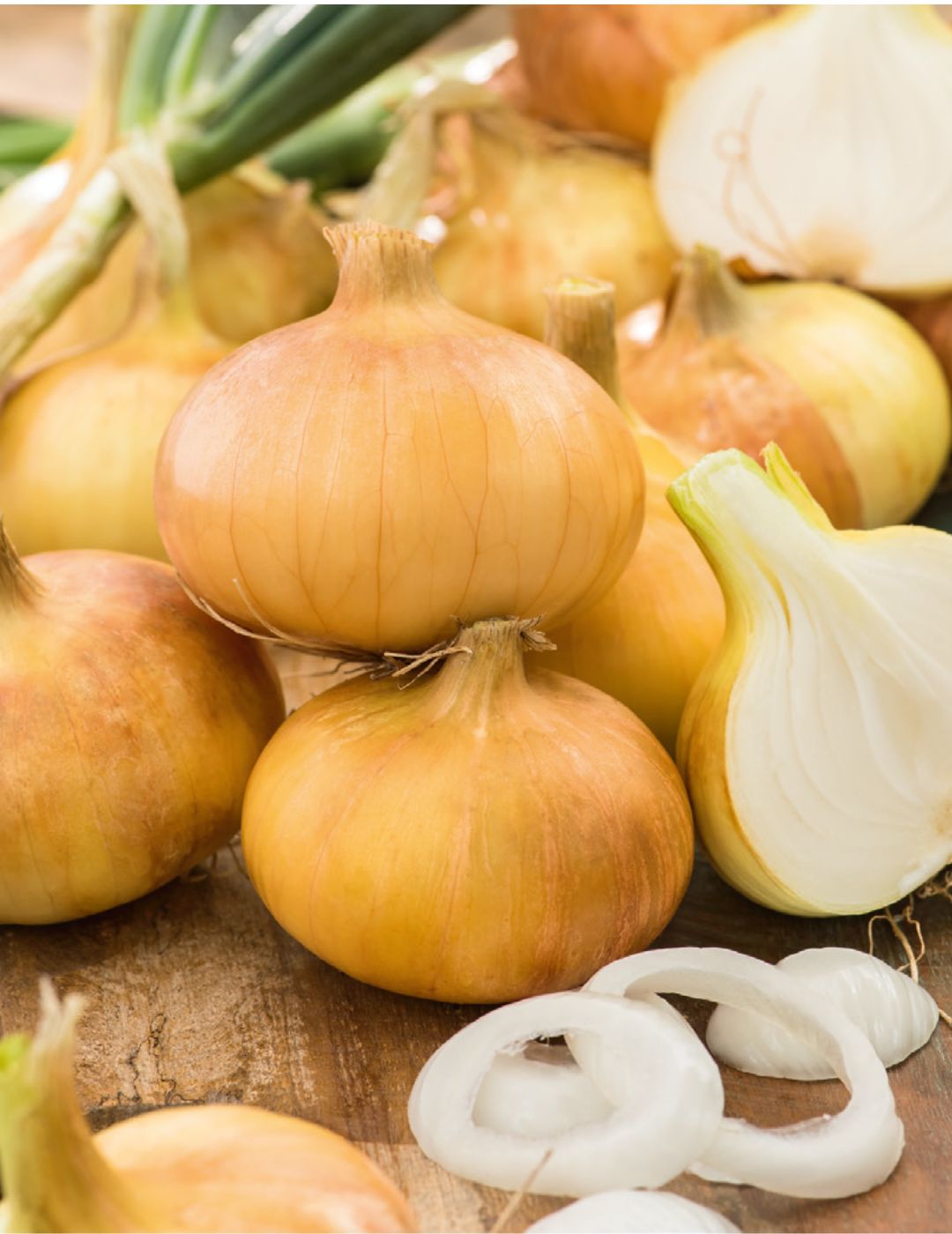
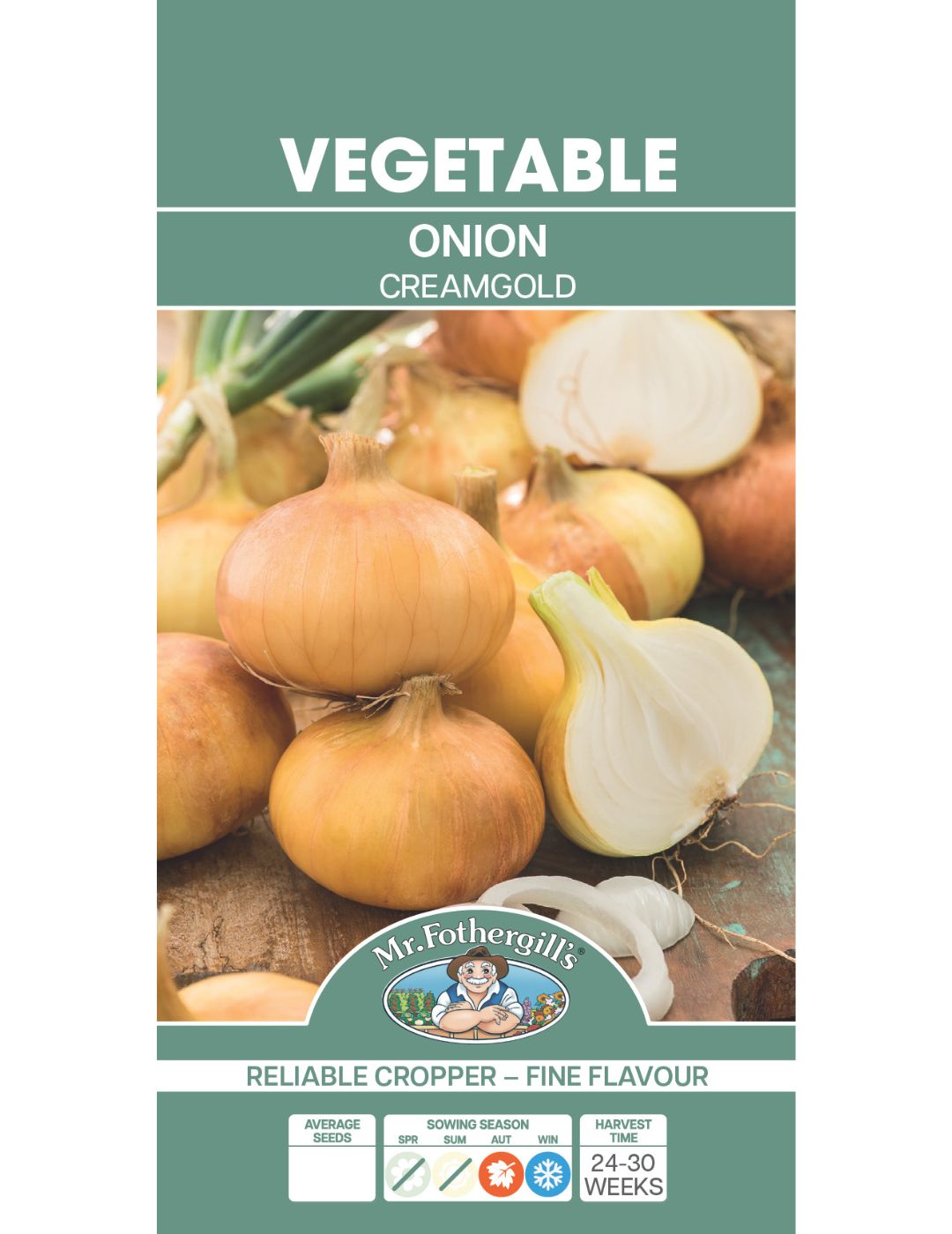
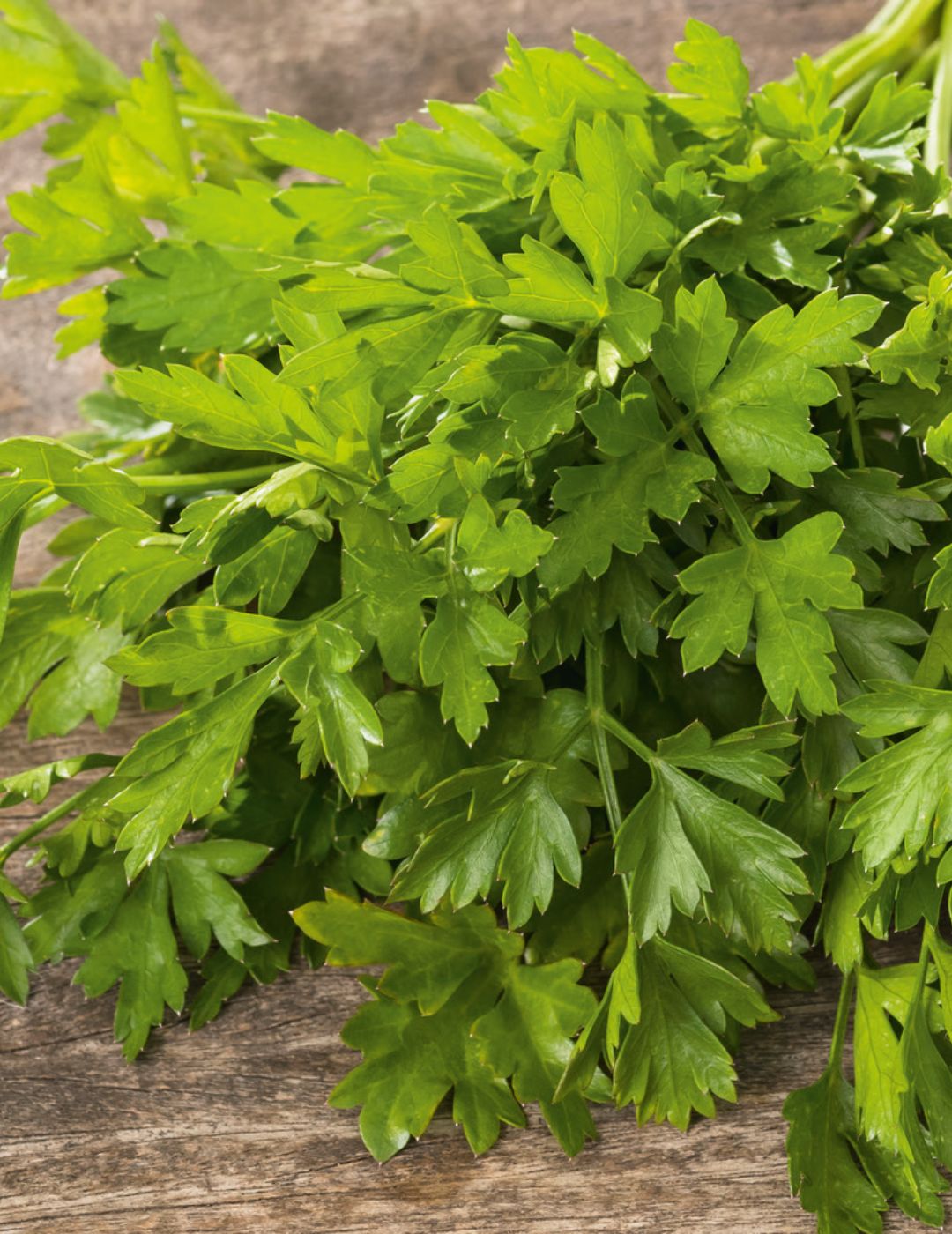
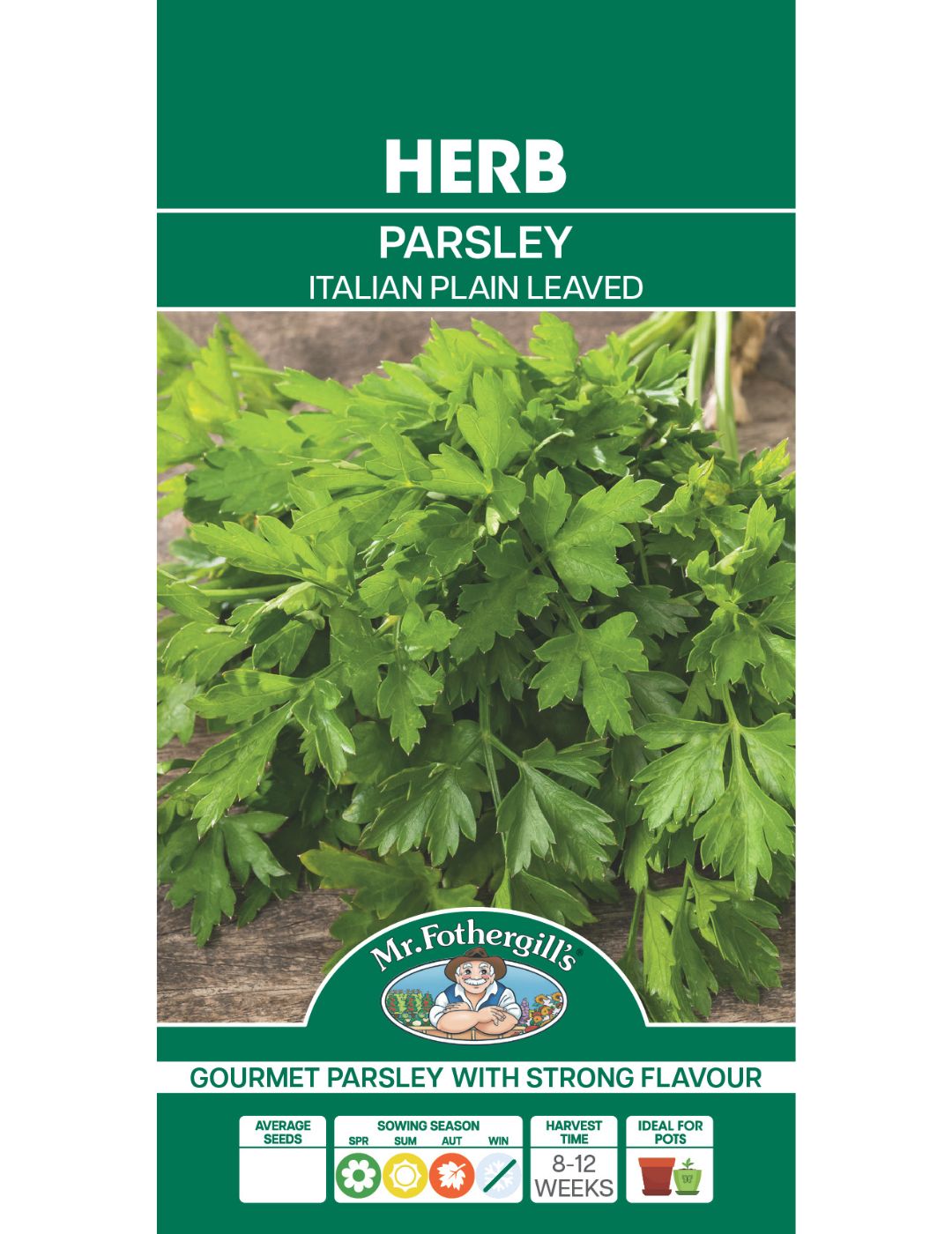
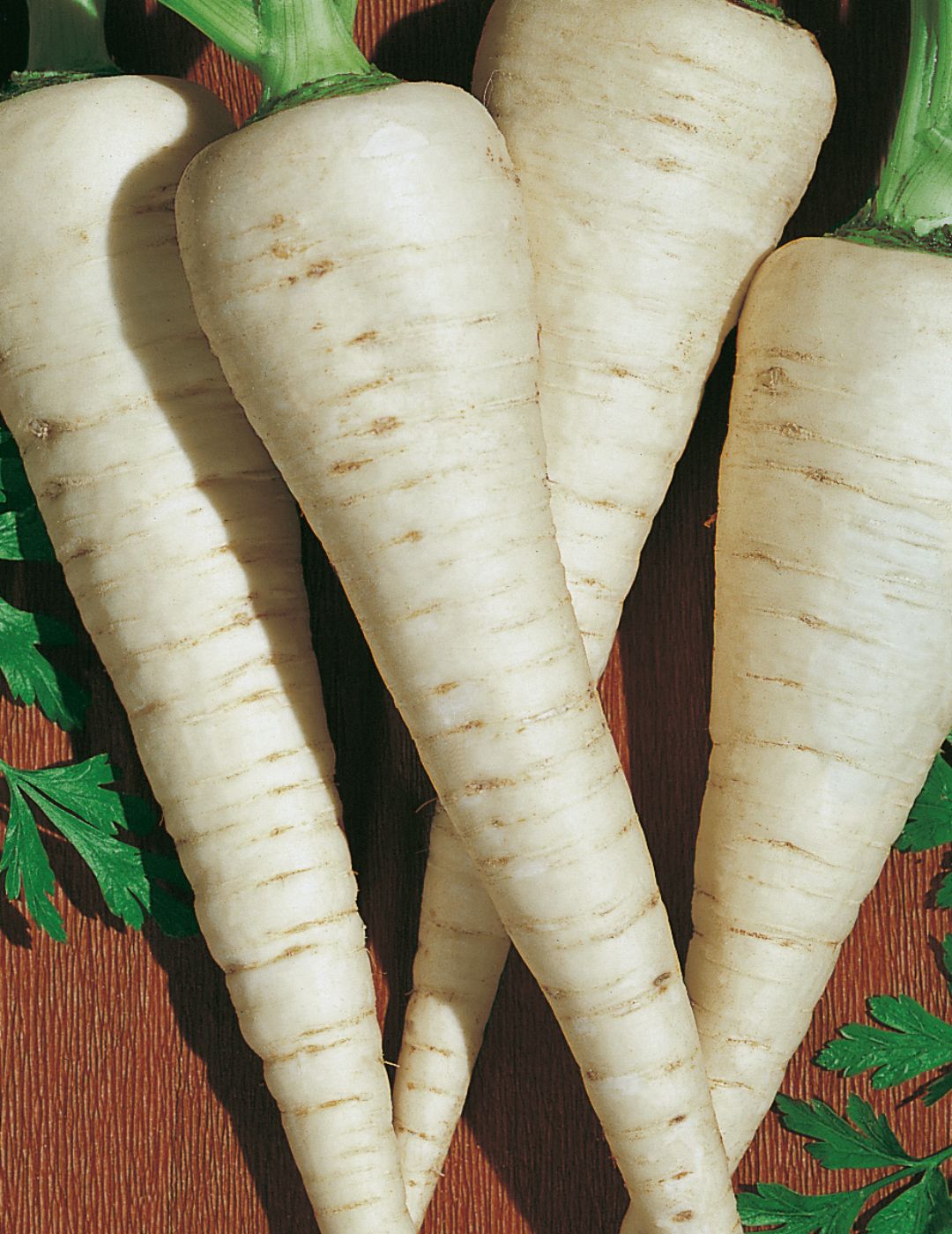
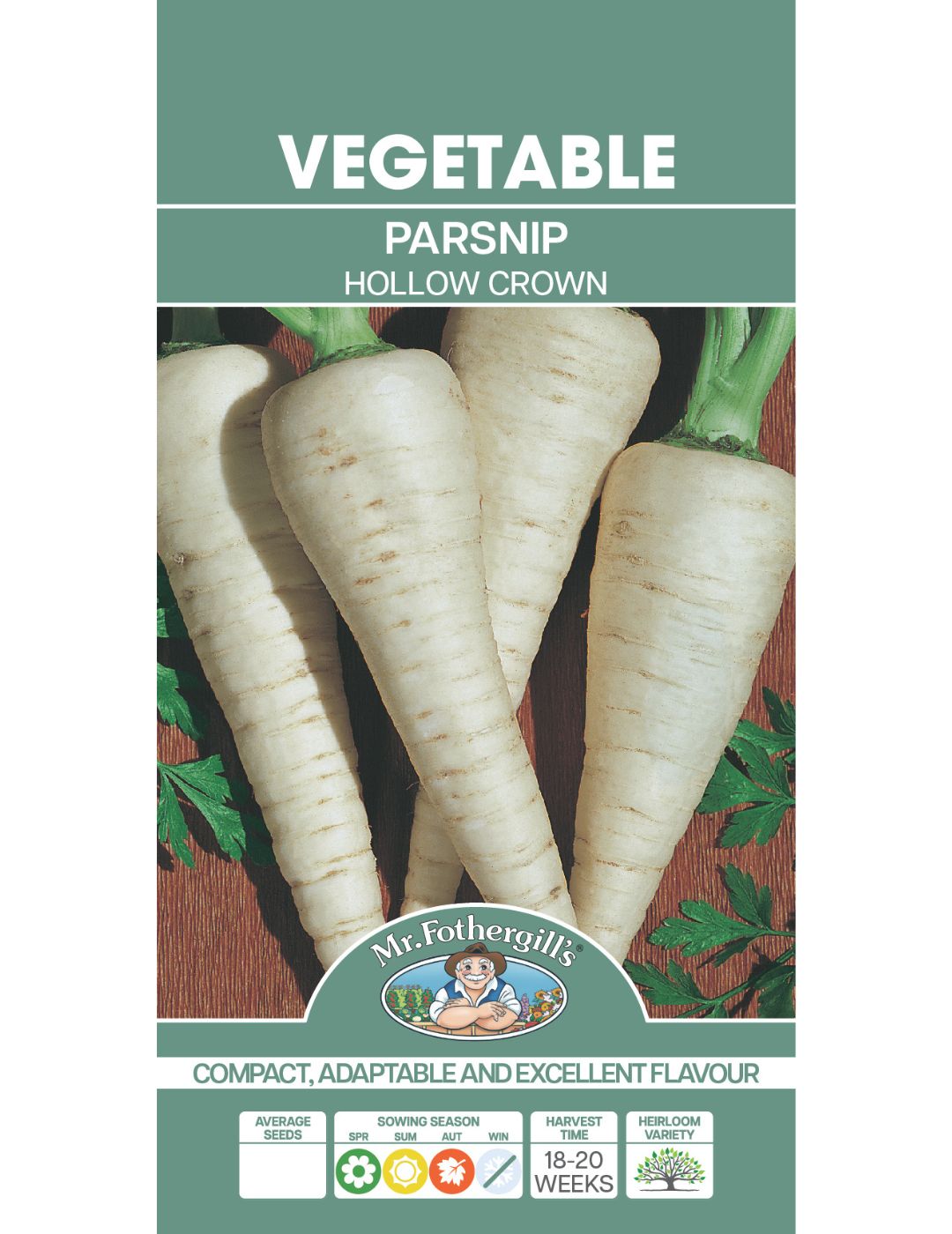
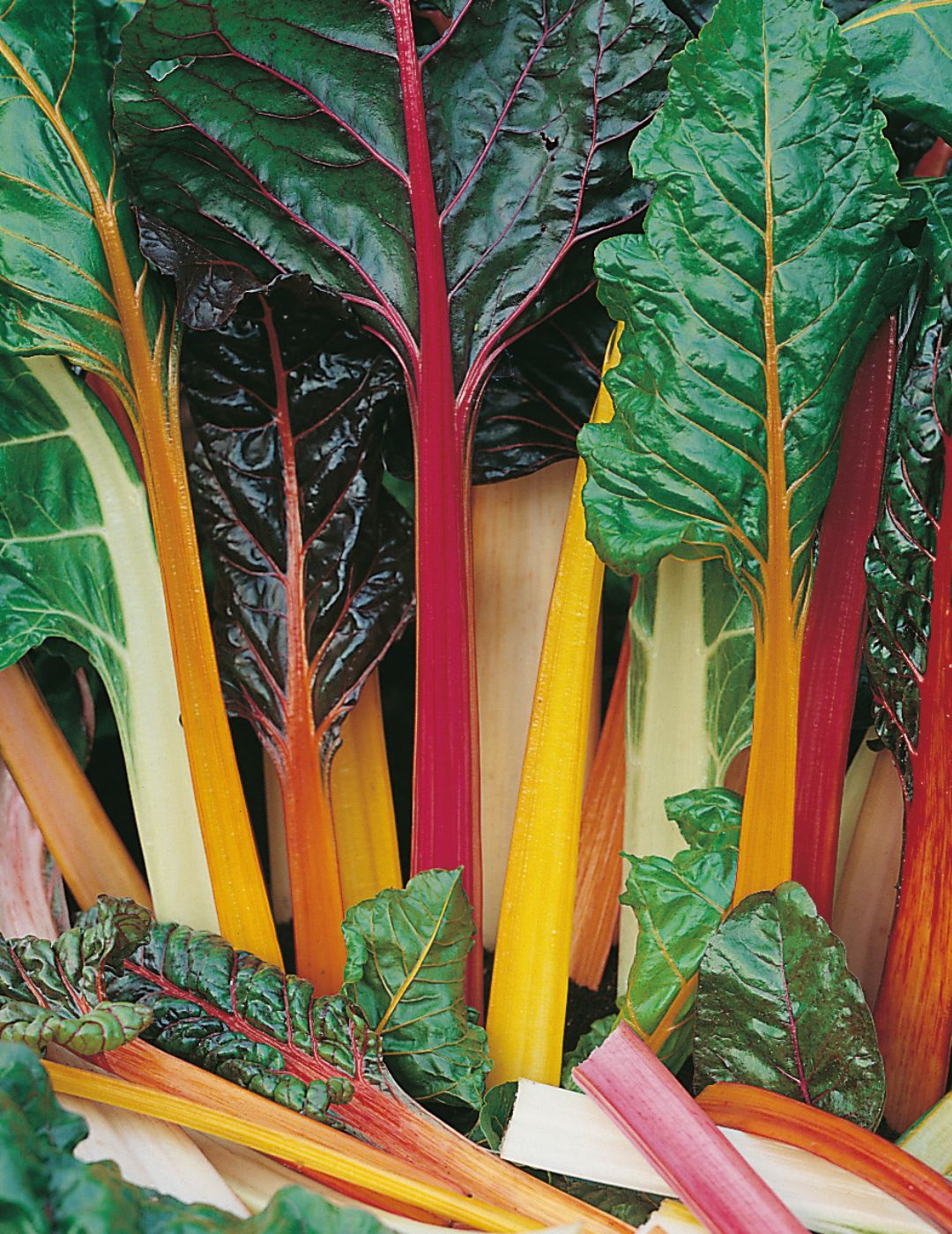
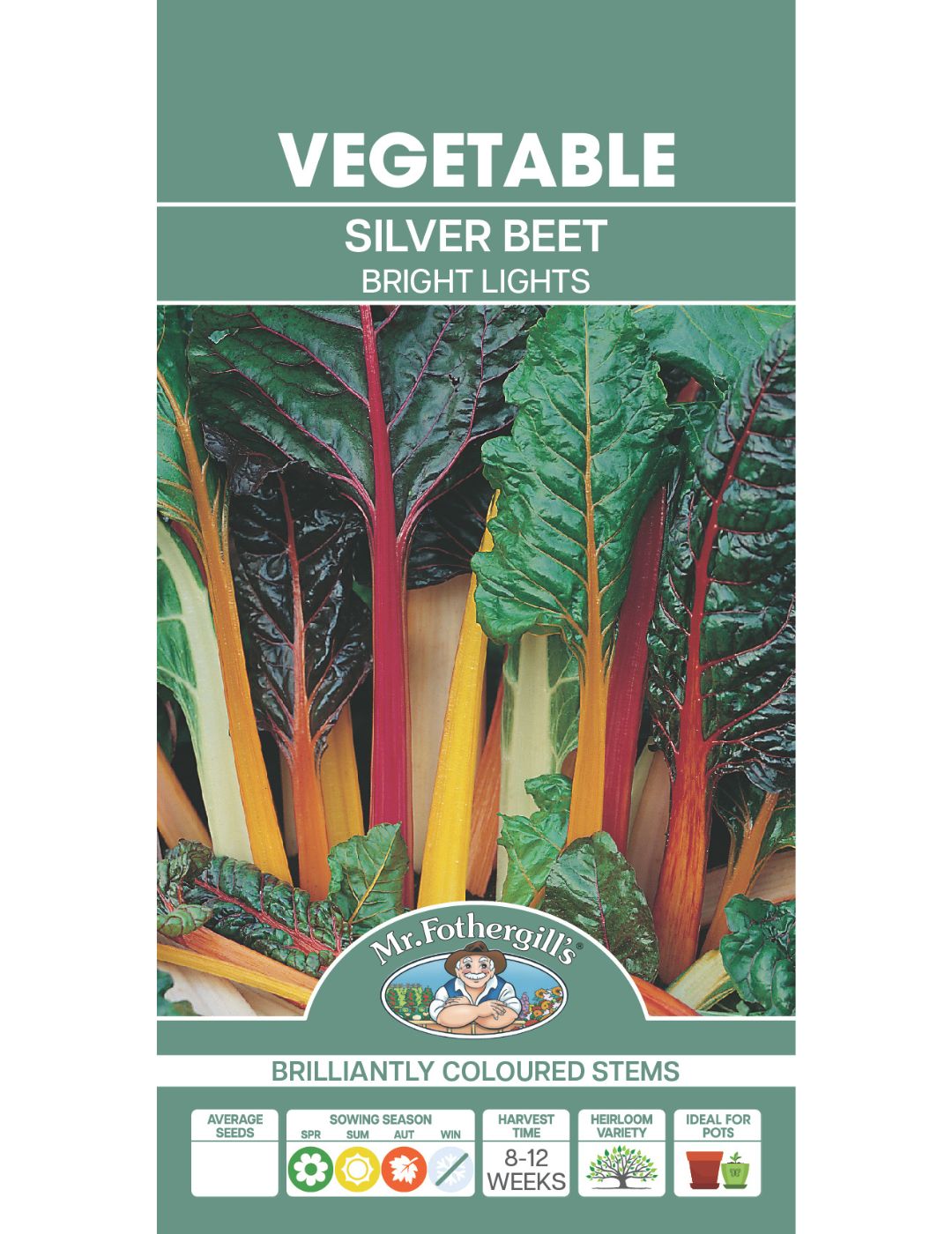
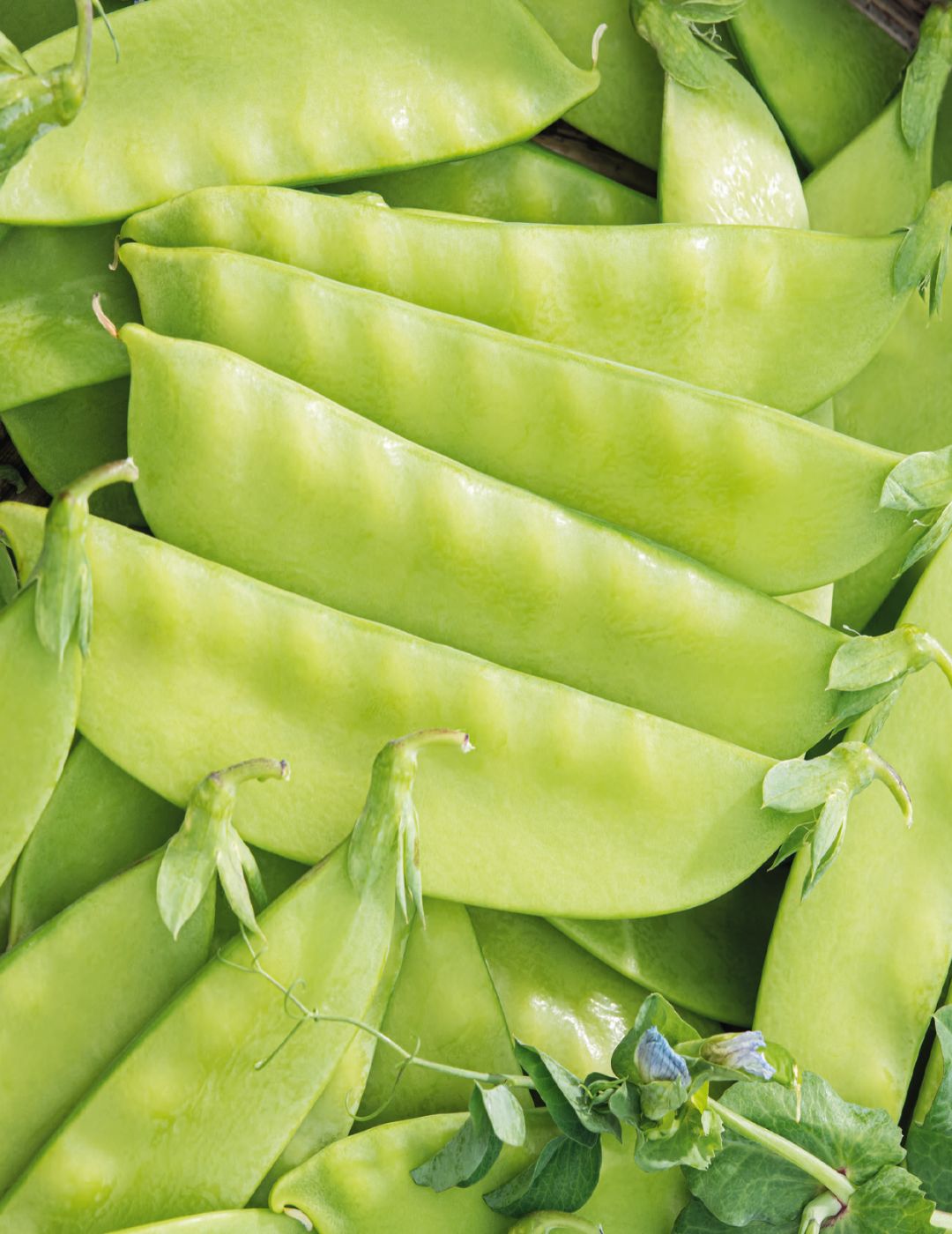
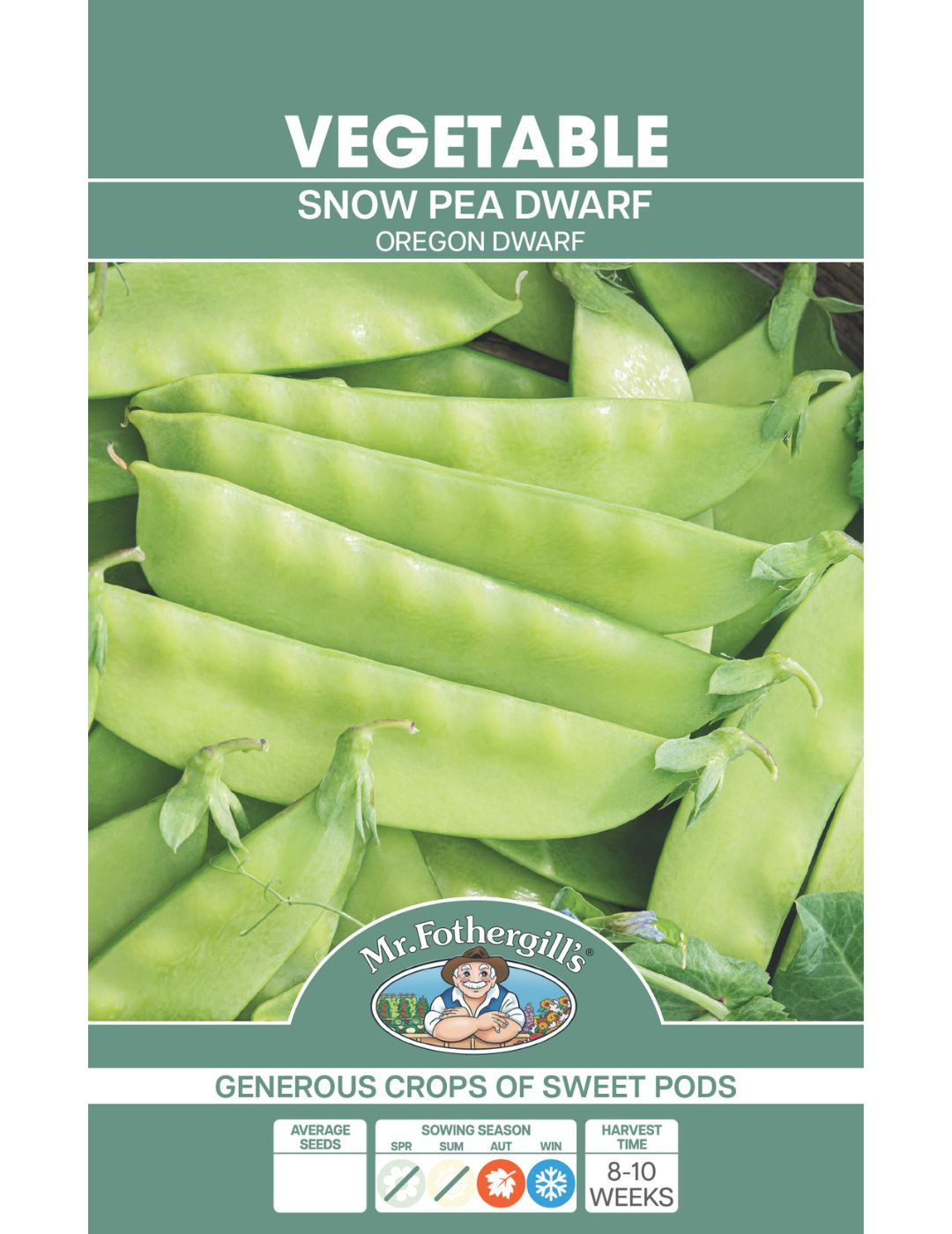
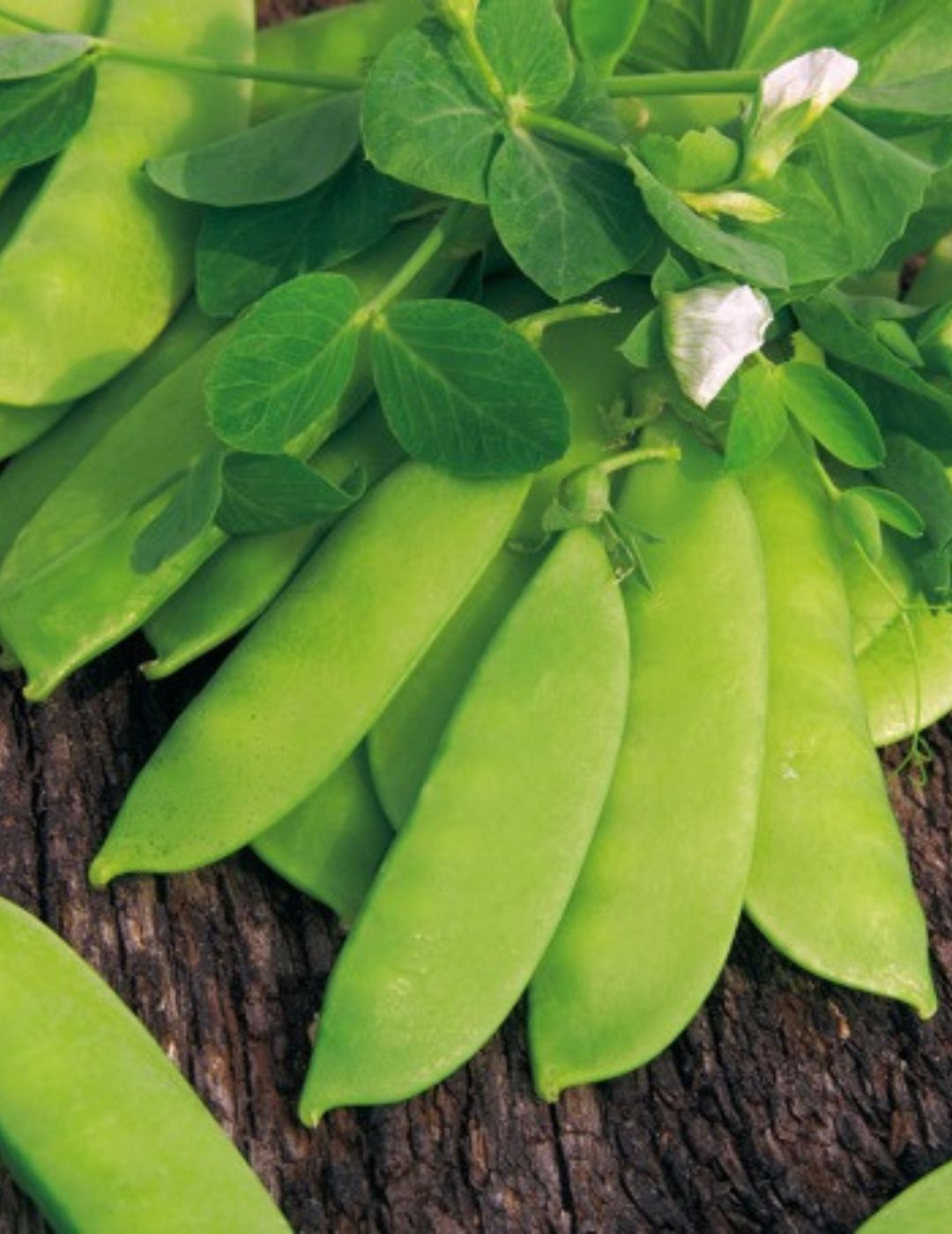
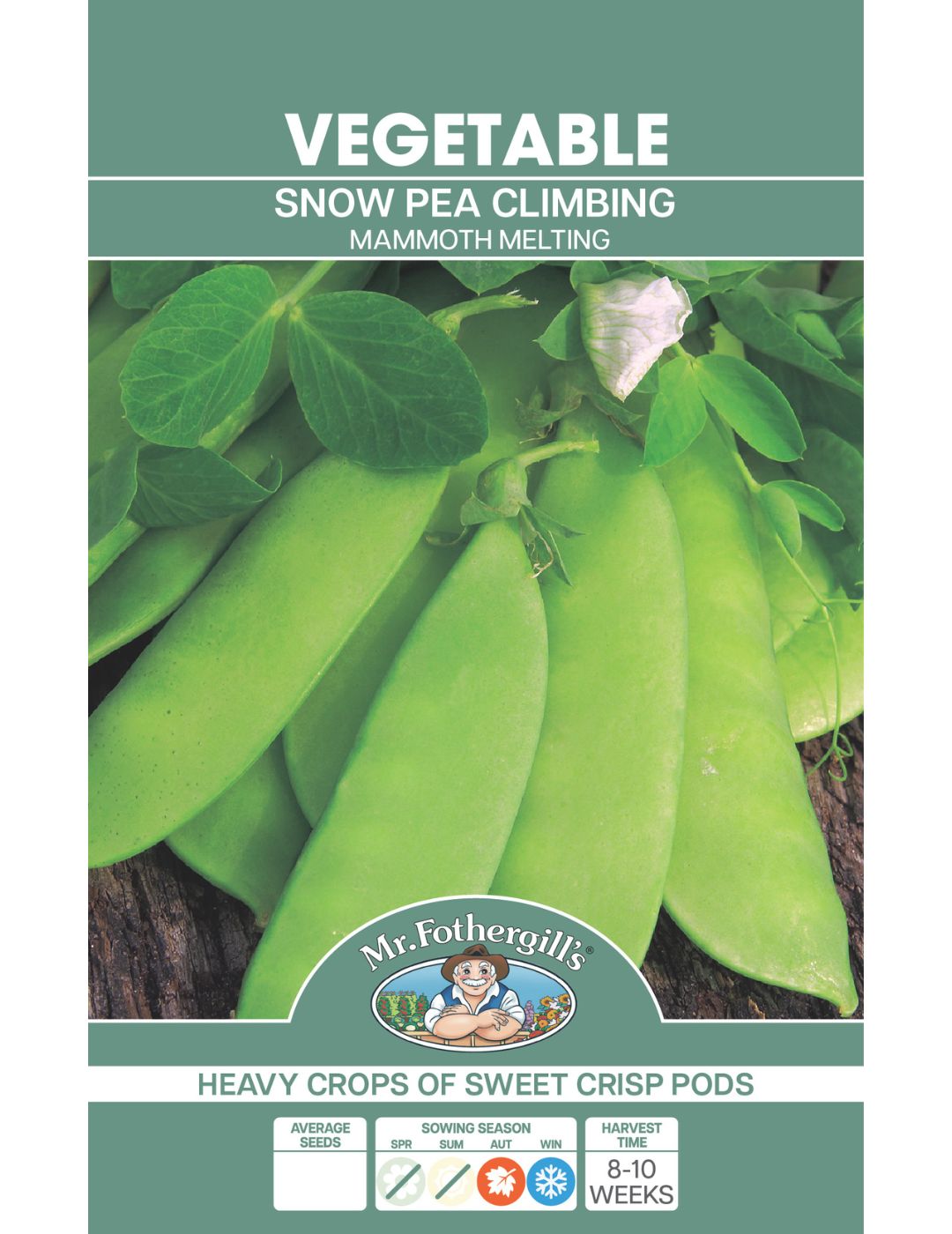
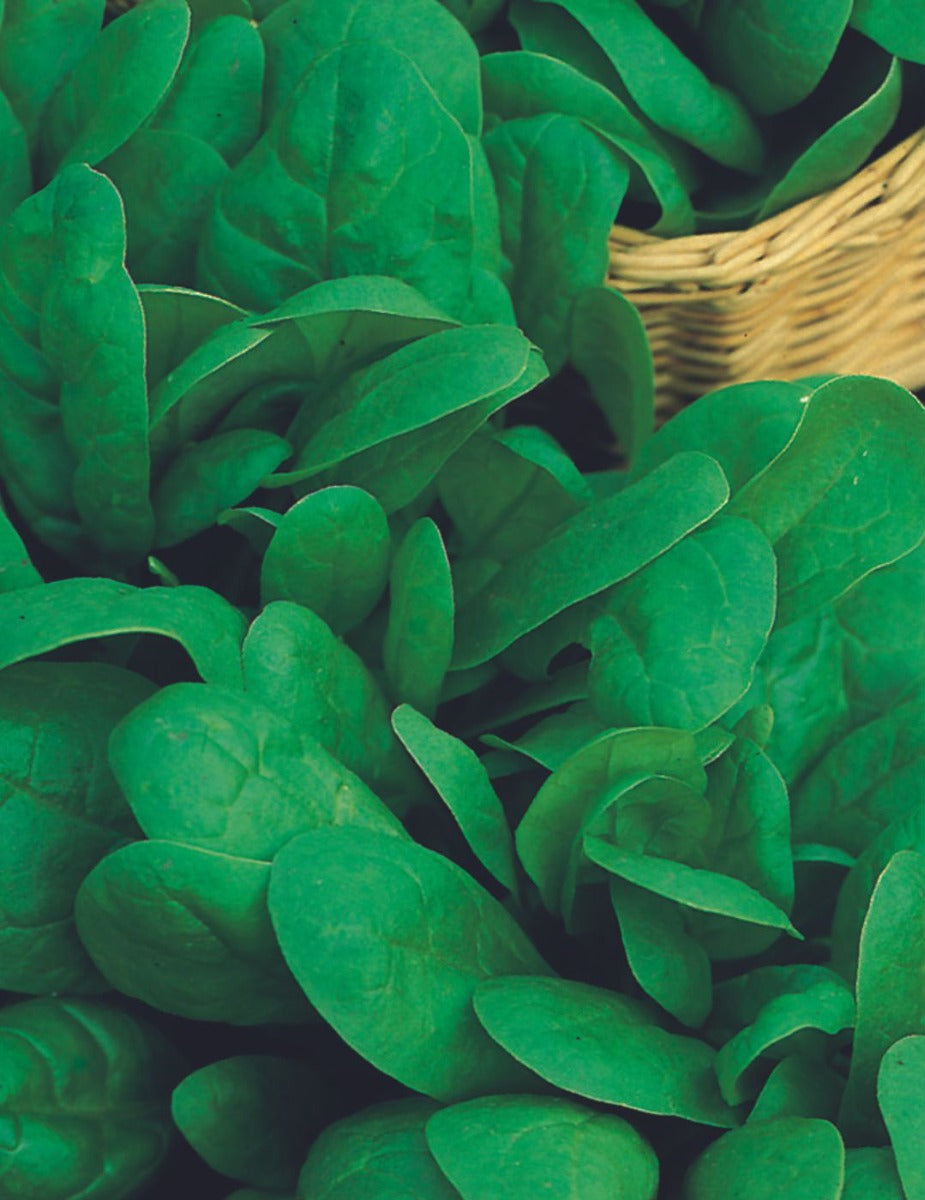
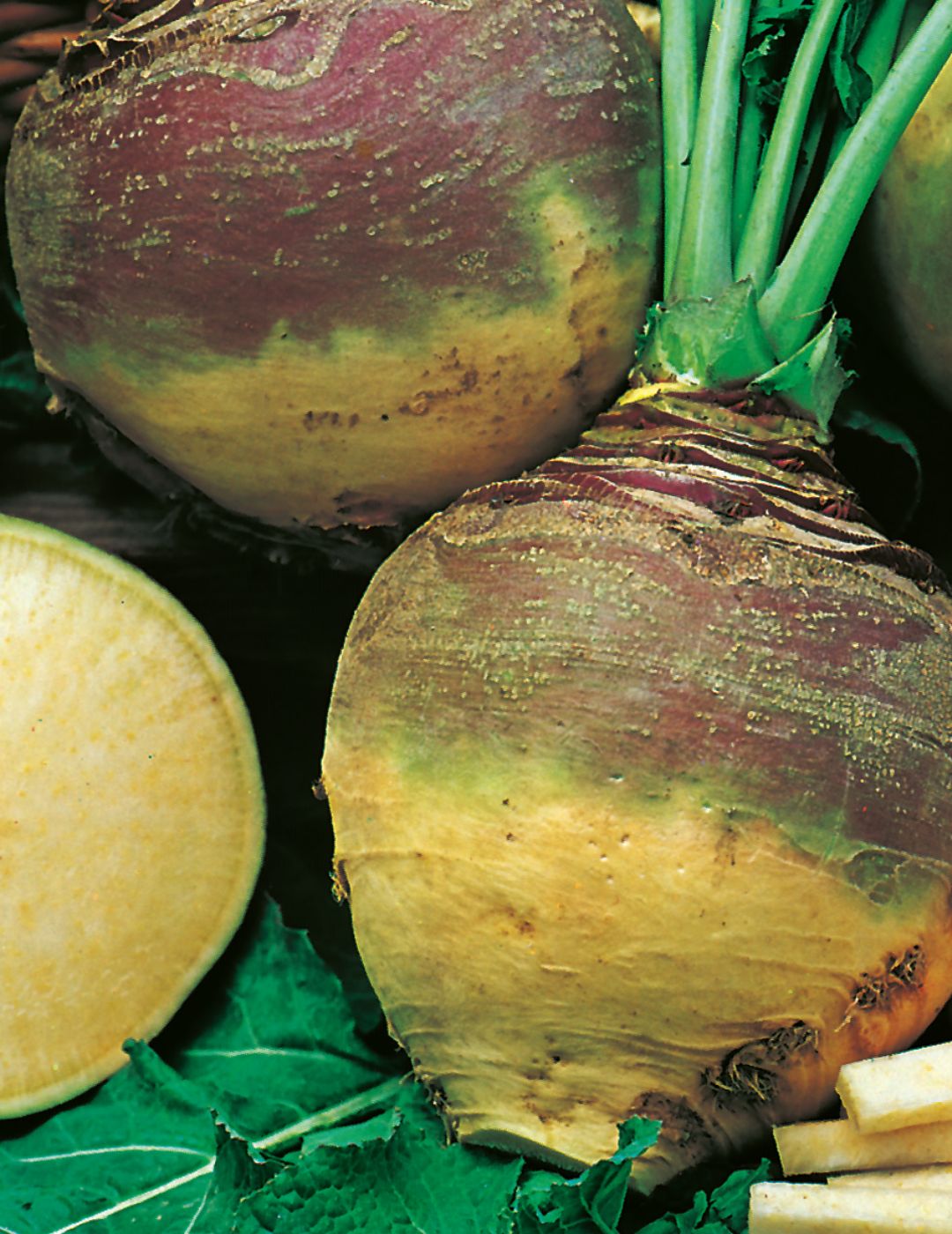
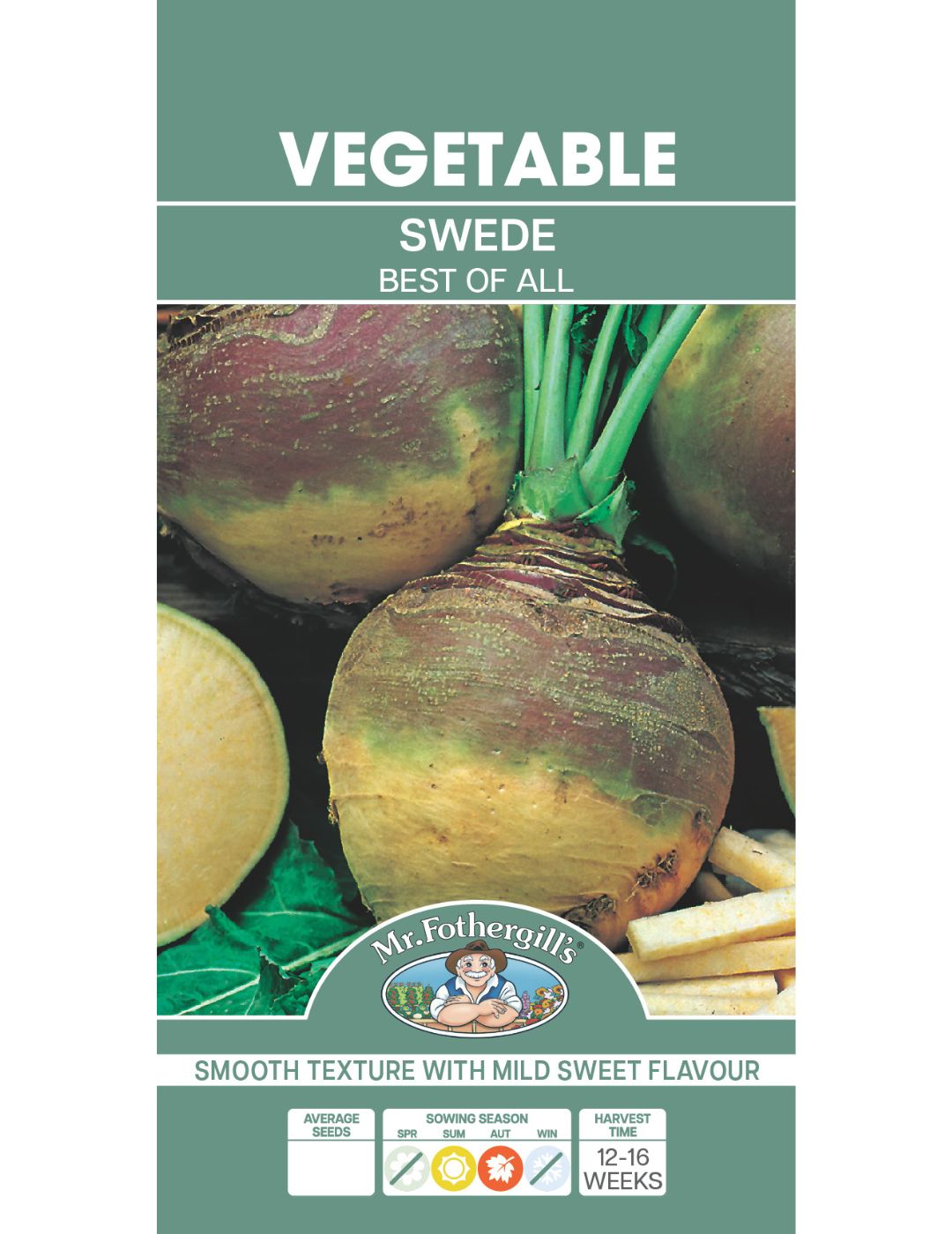
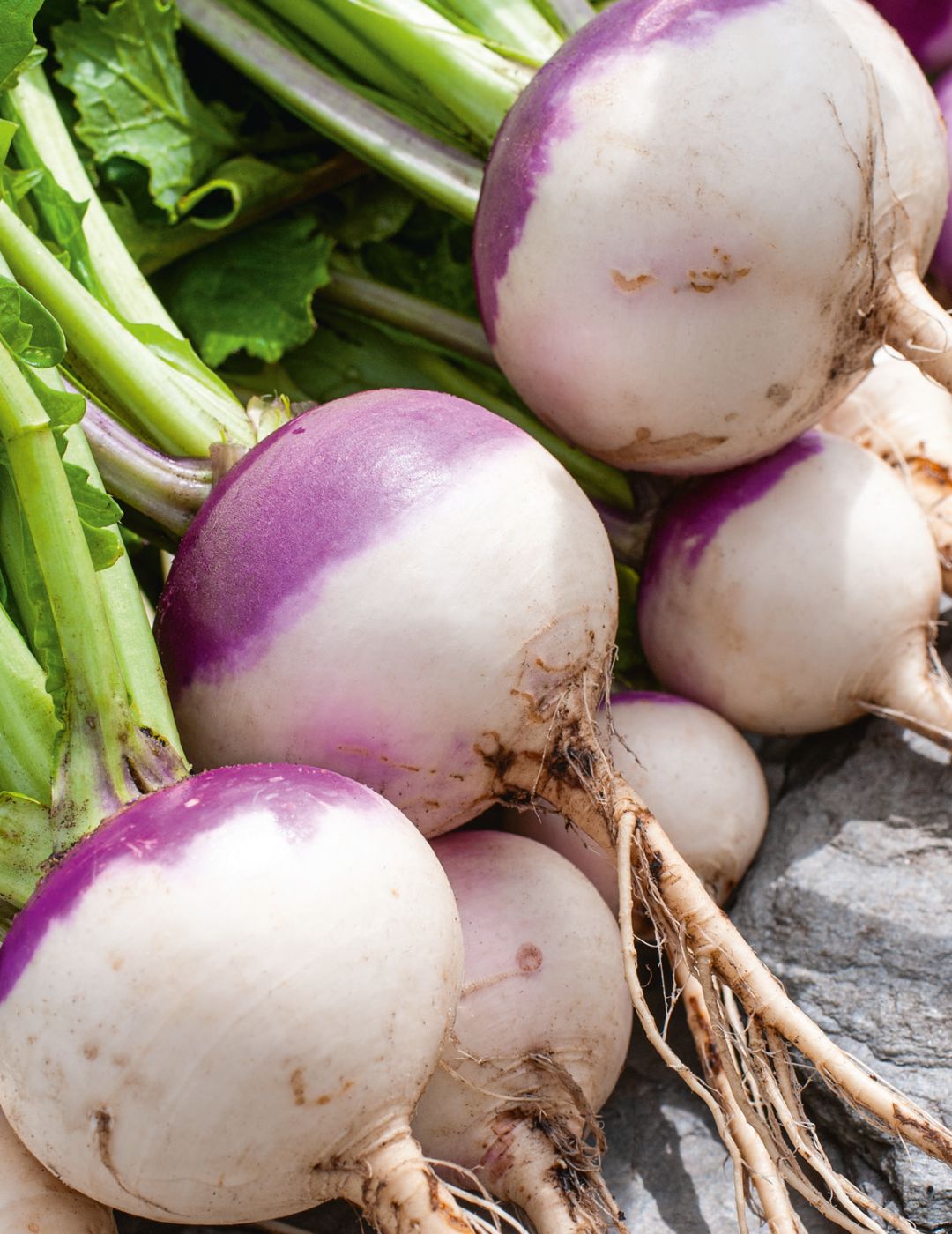
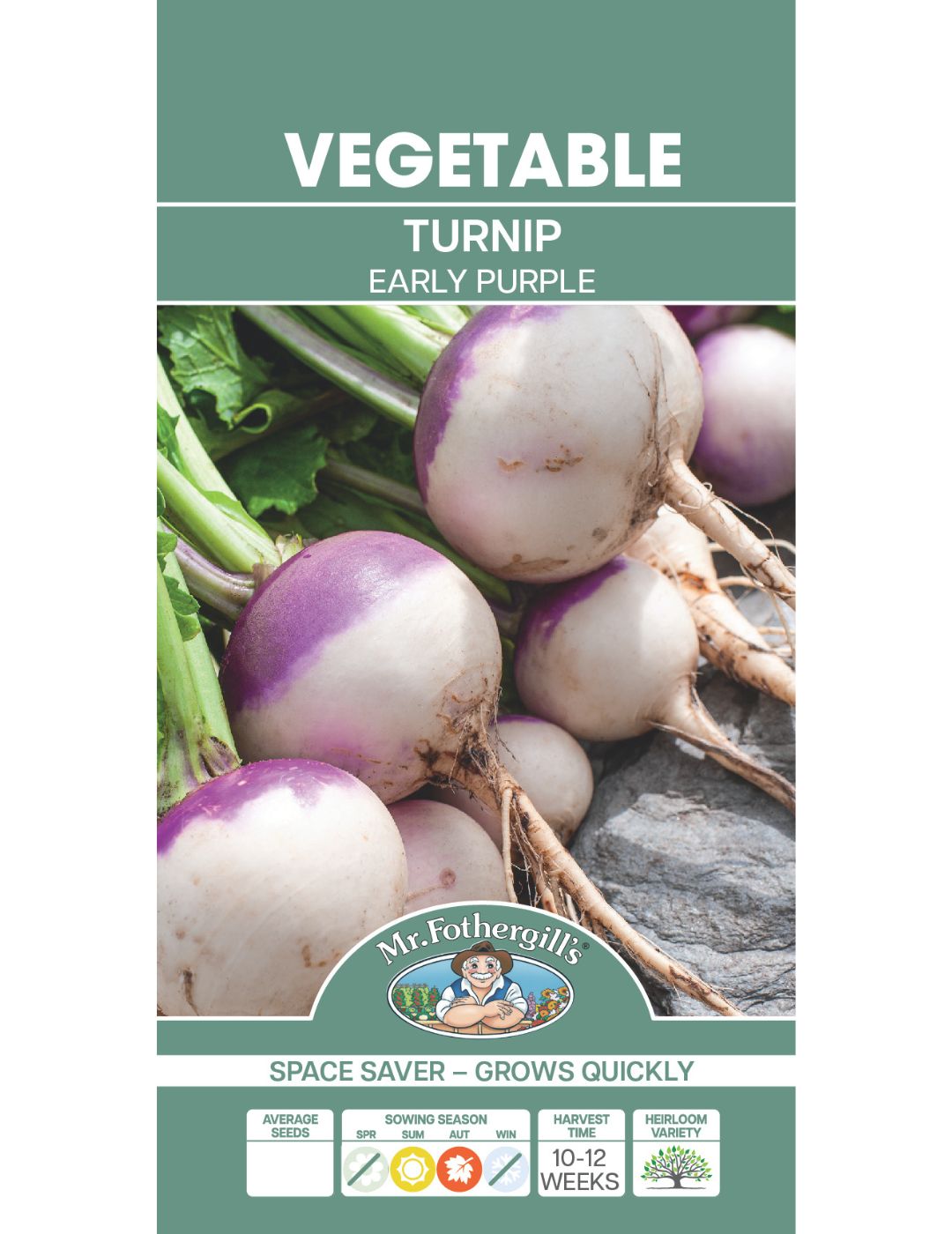
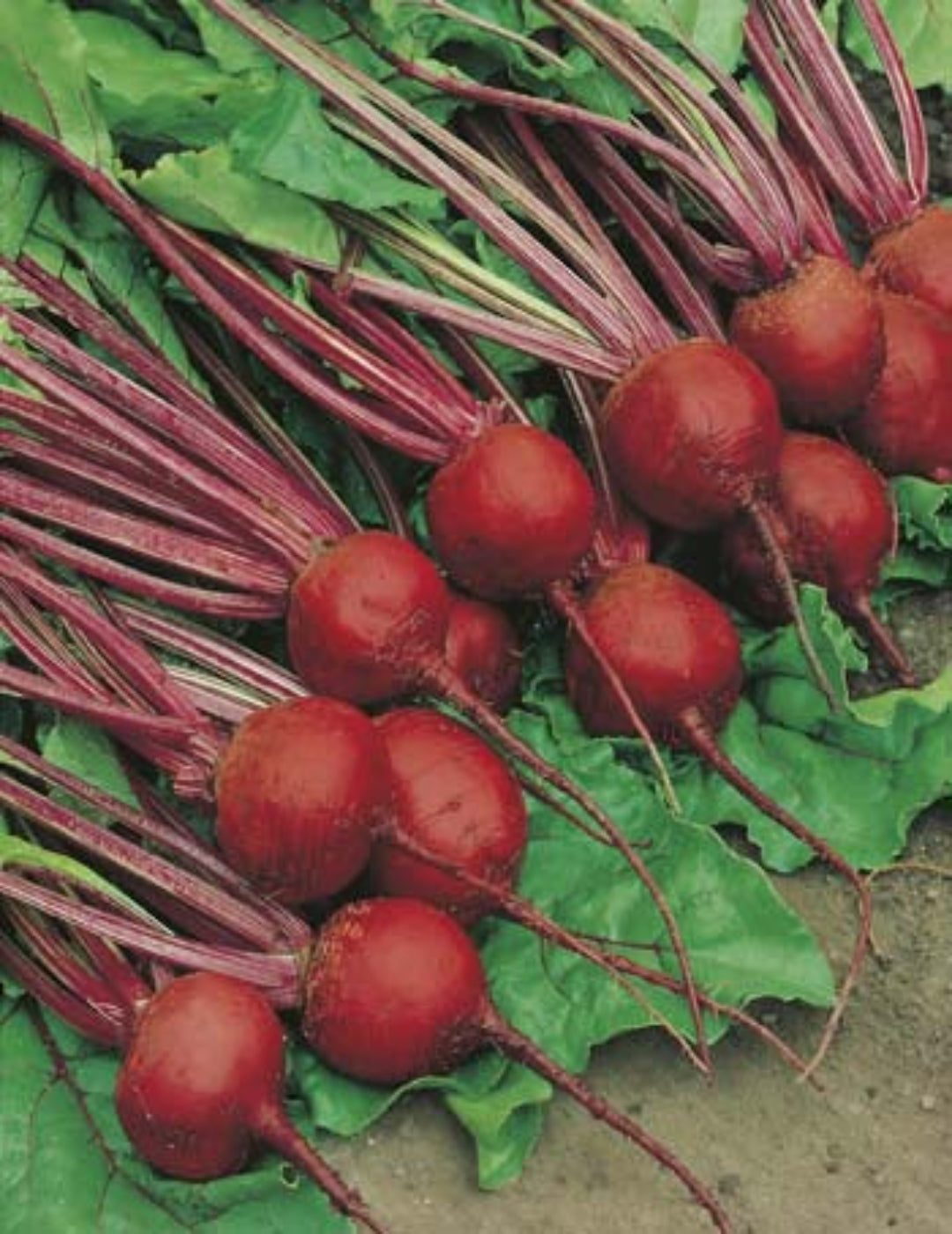
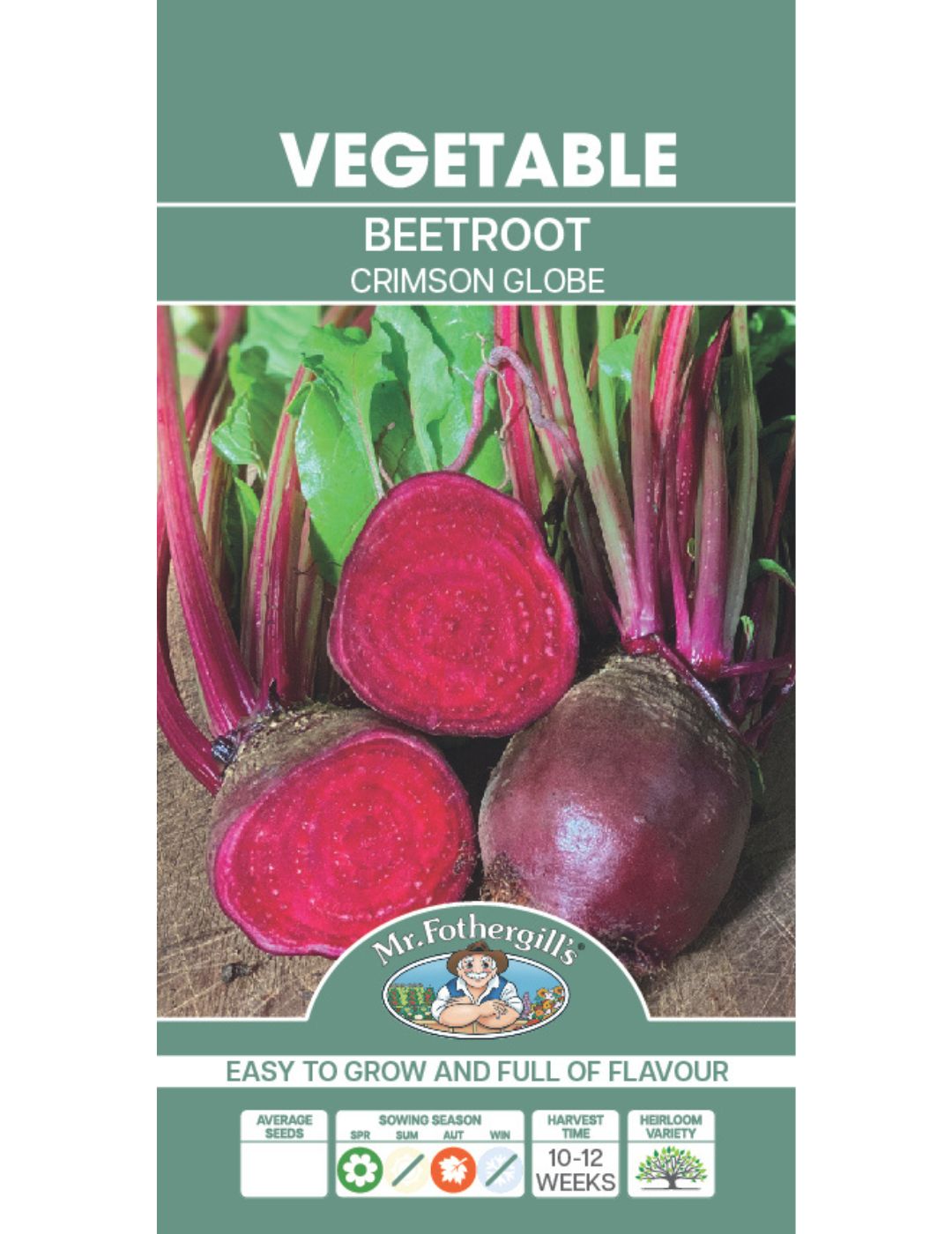
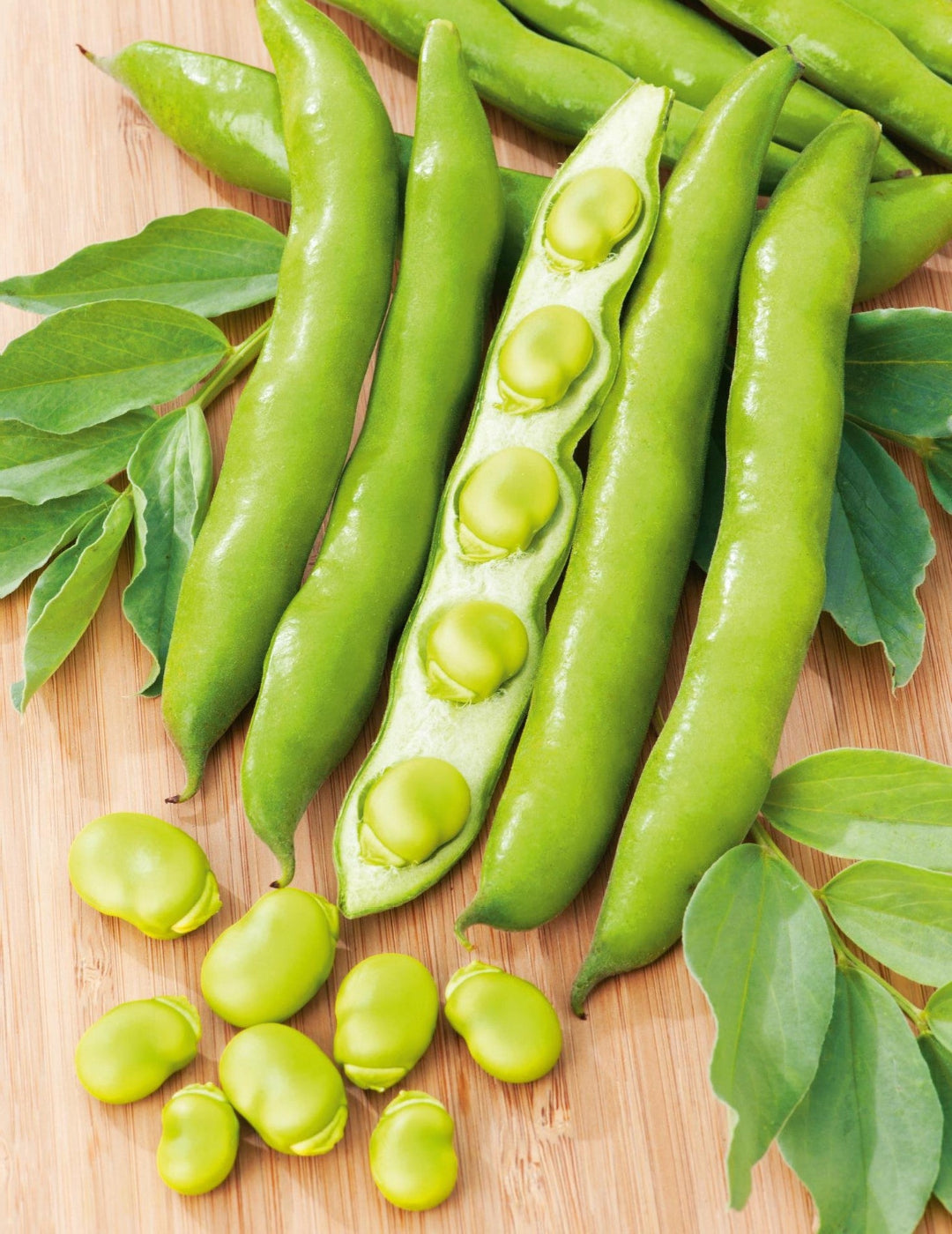
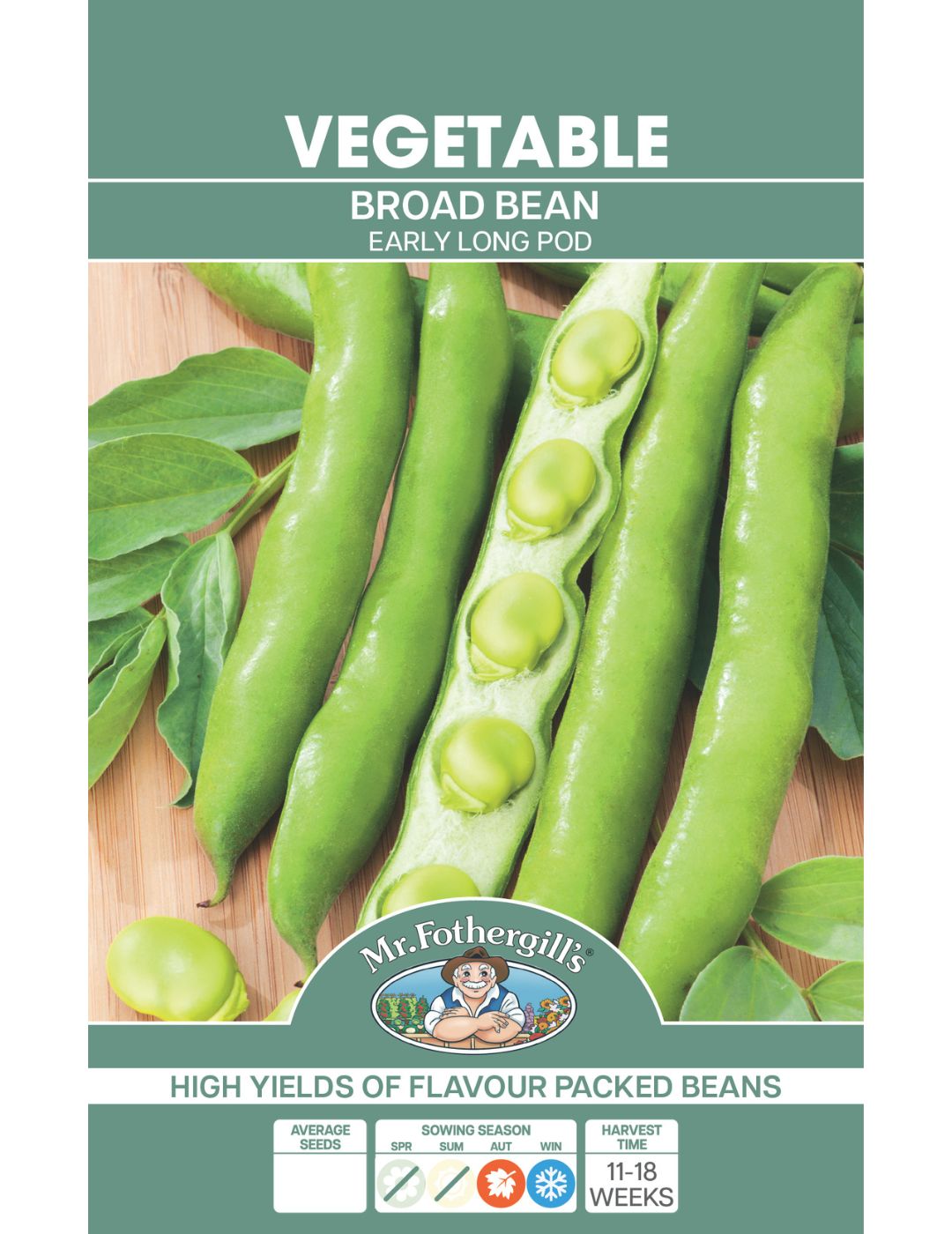
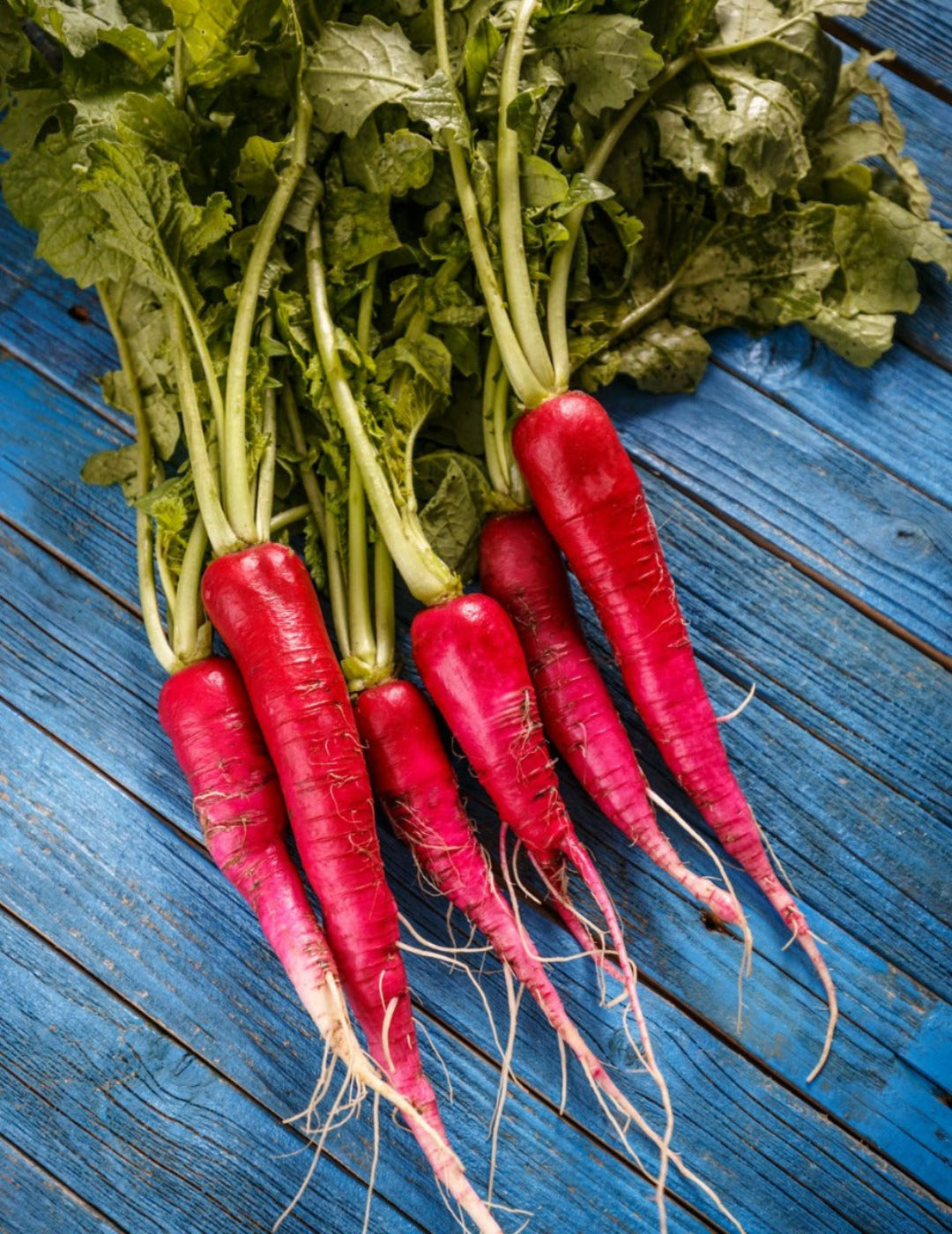





Leave a comment
All comments are moderated before being published.
This site is protected by hCaptcha and the hCaptcha Privacy Policy and Terms of Service apply.